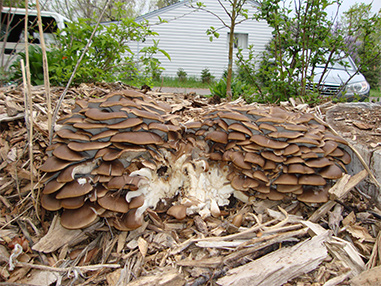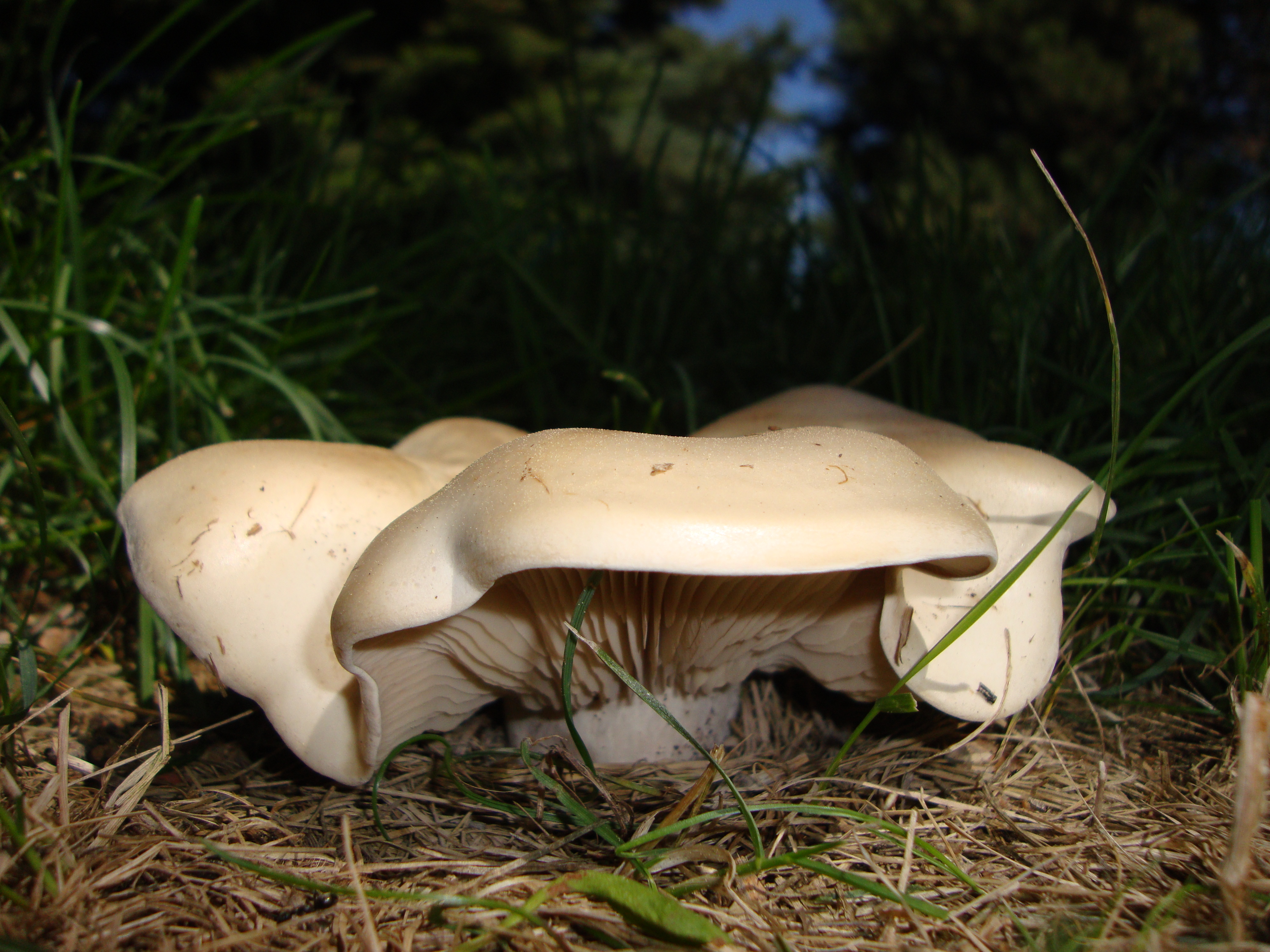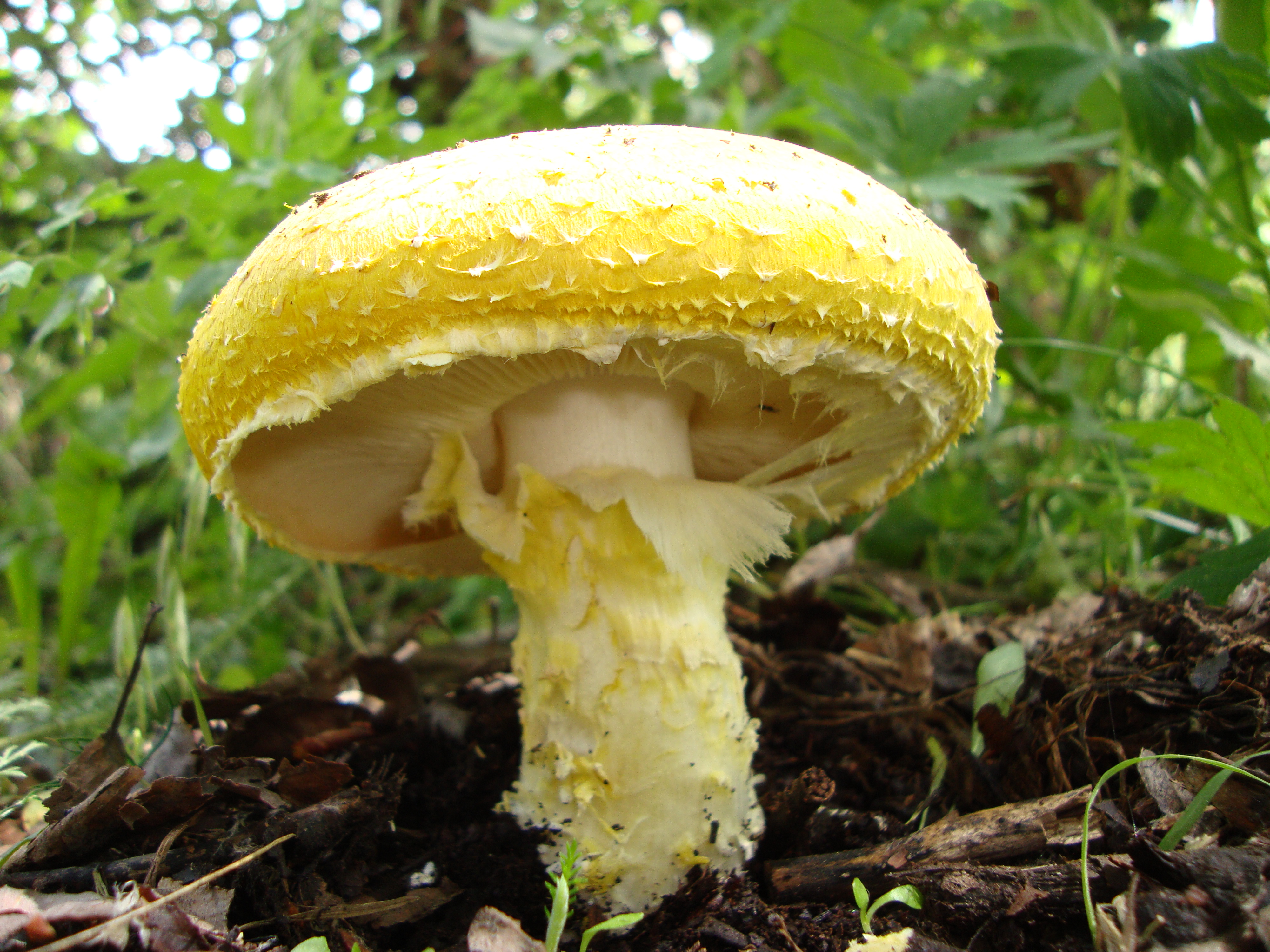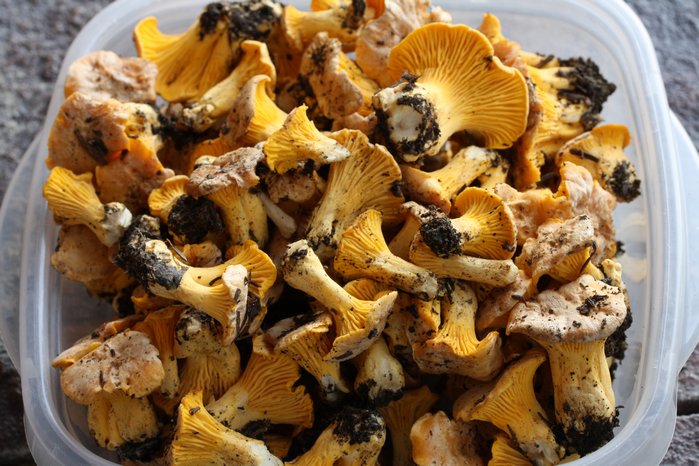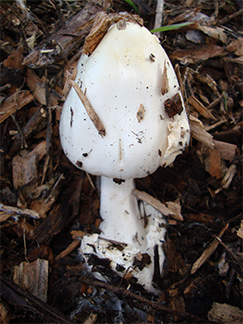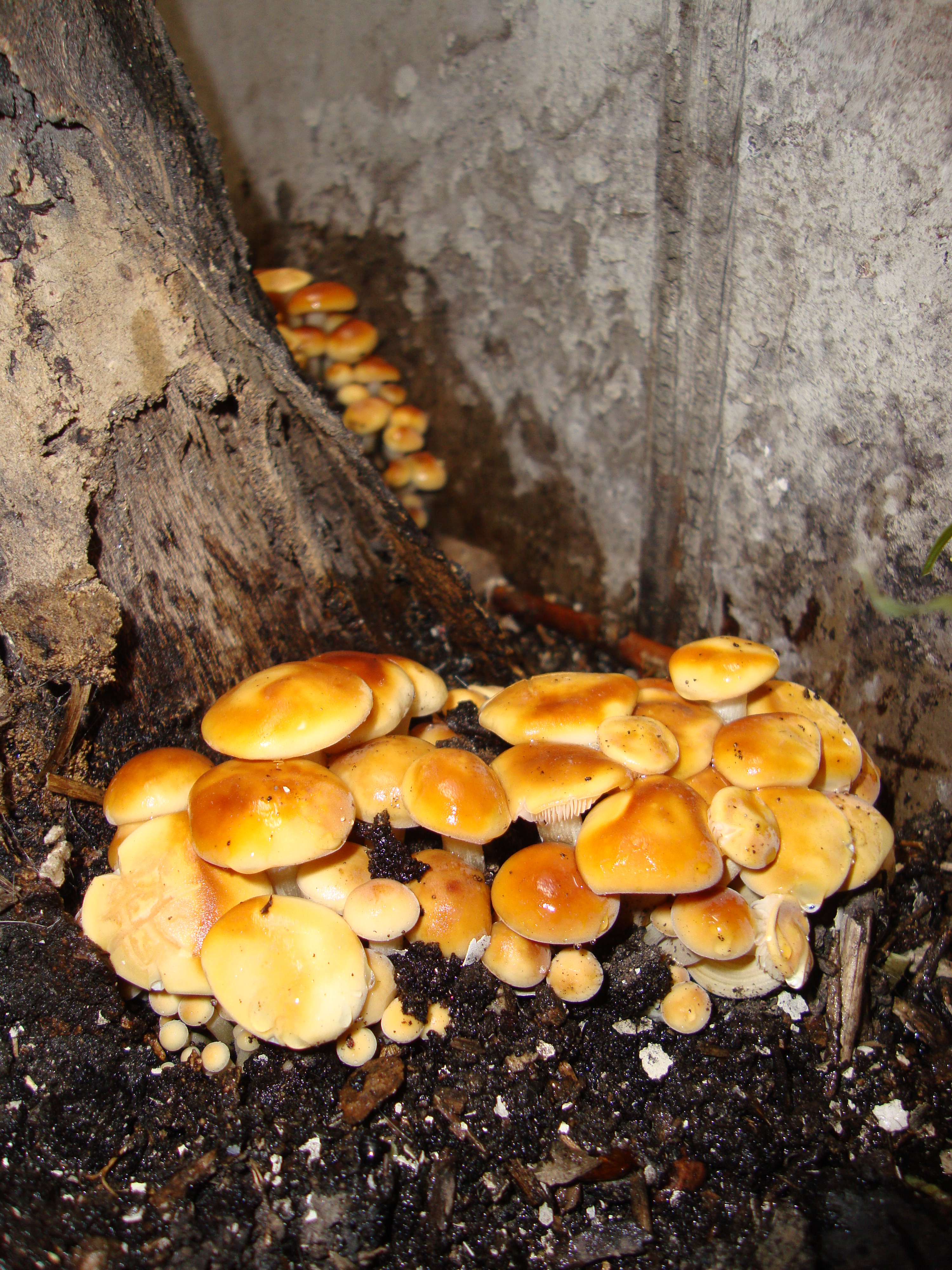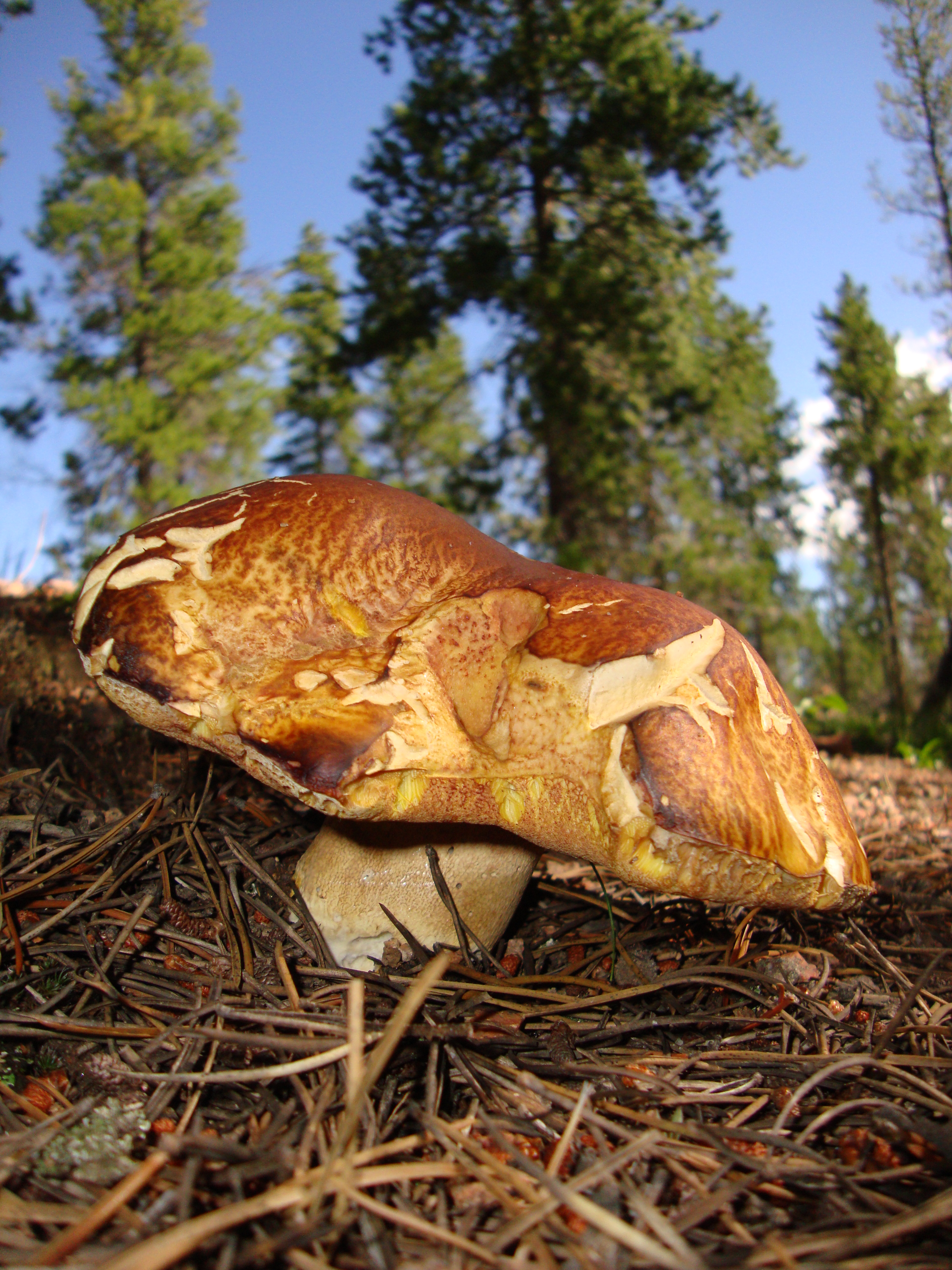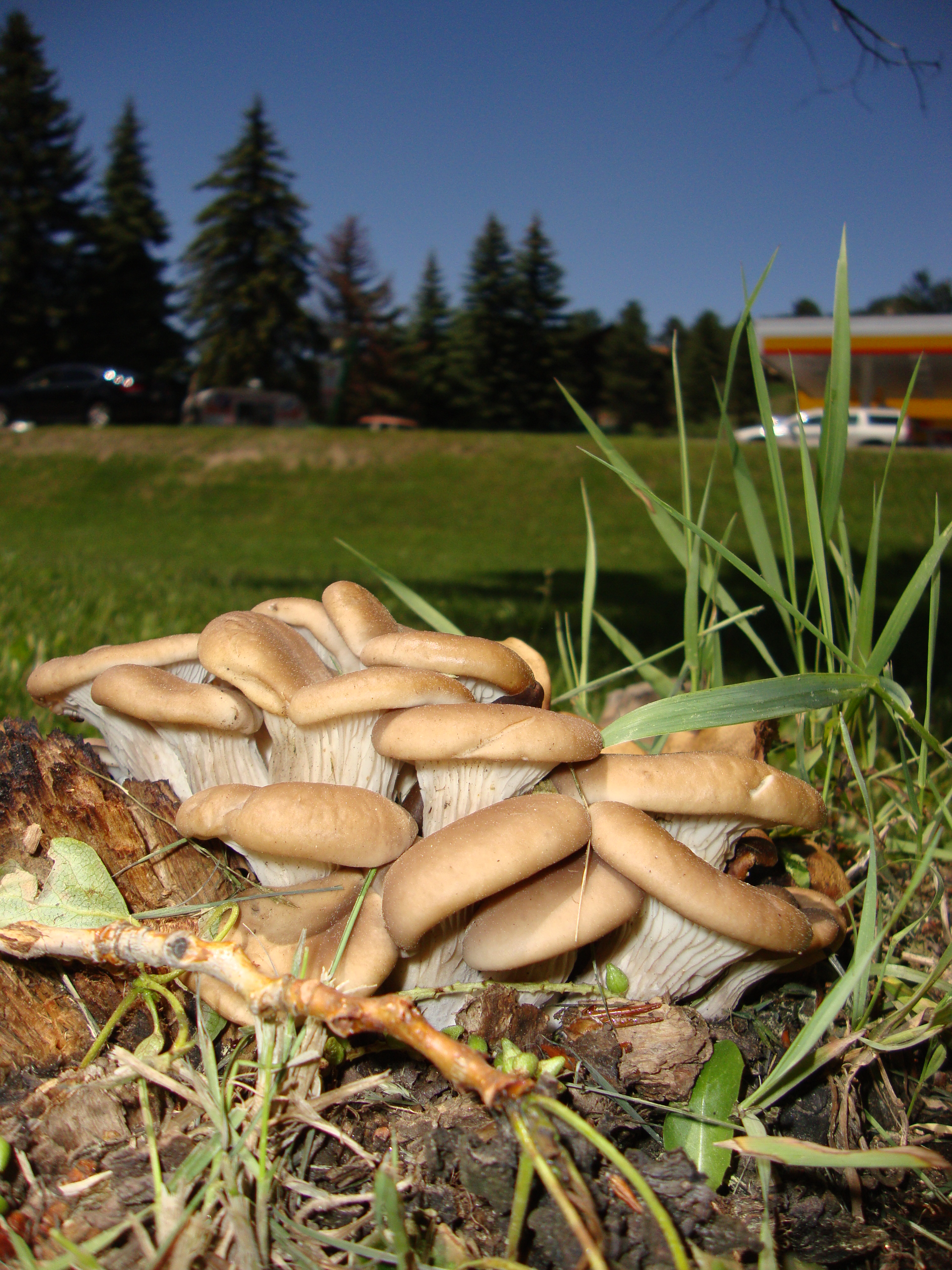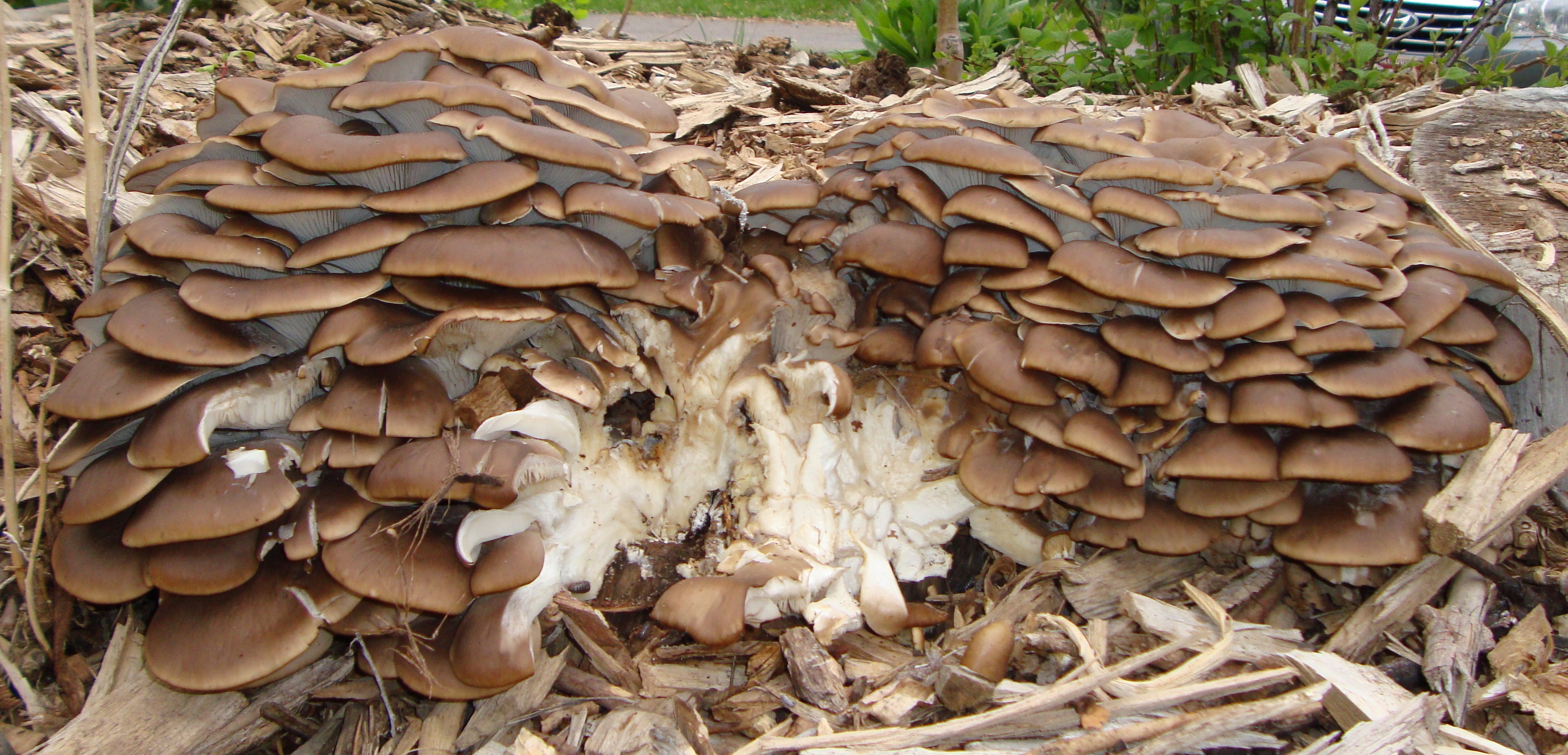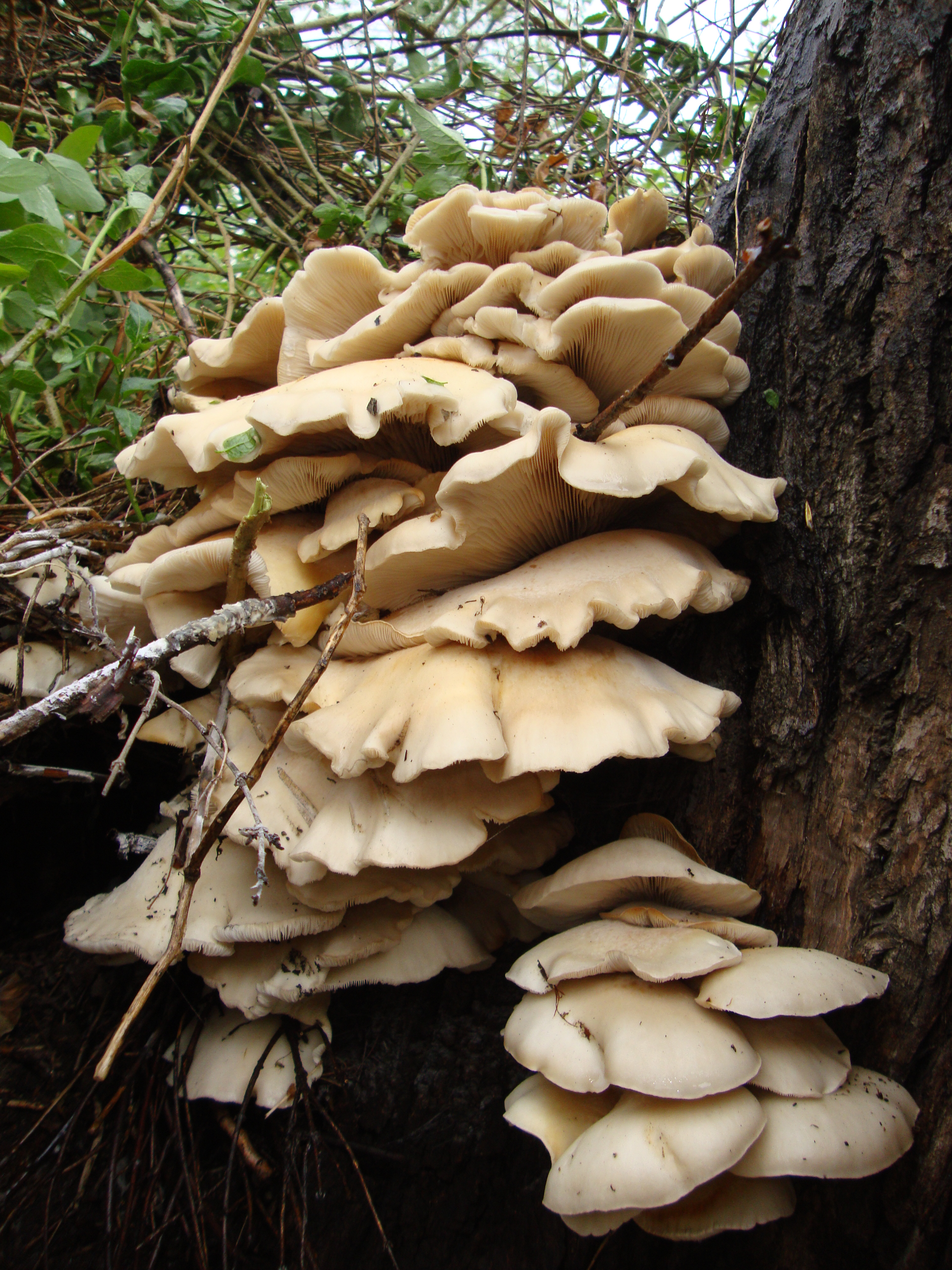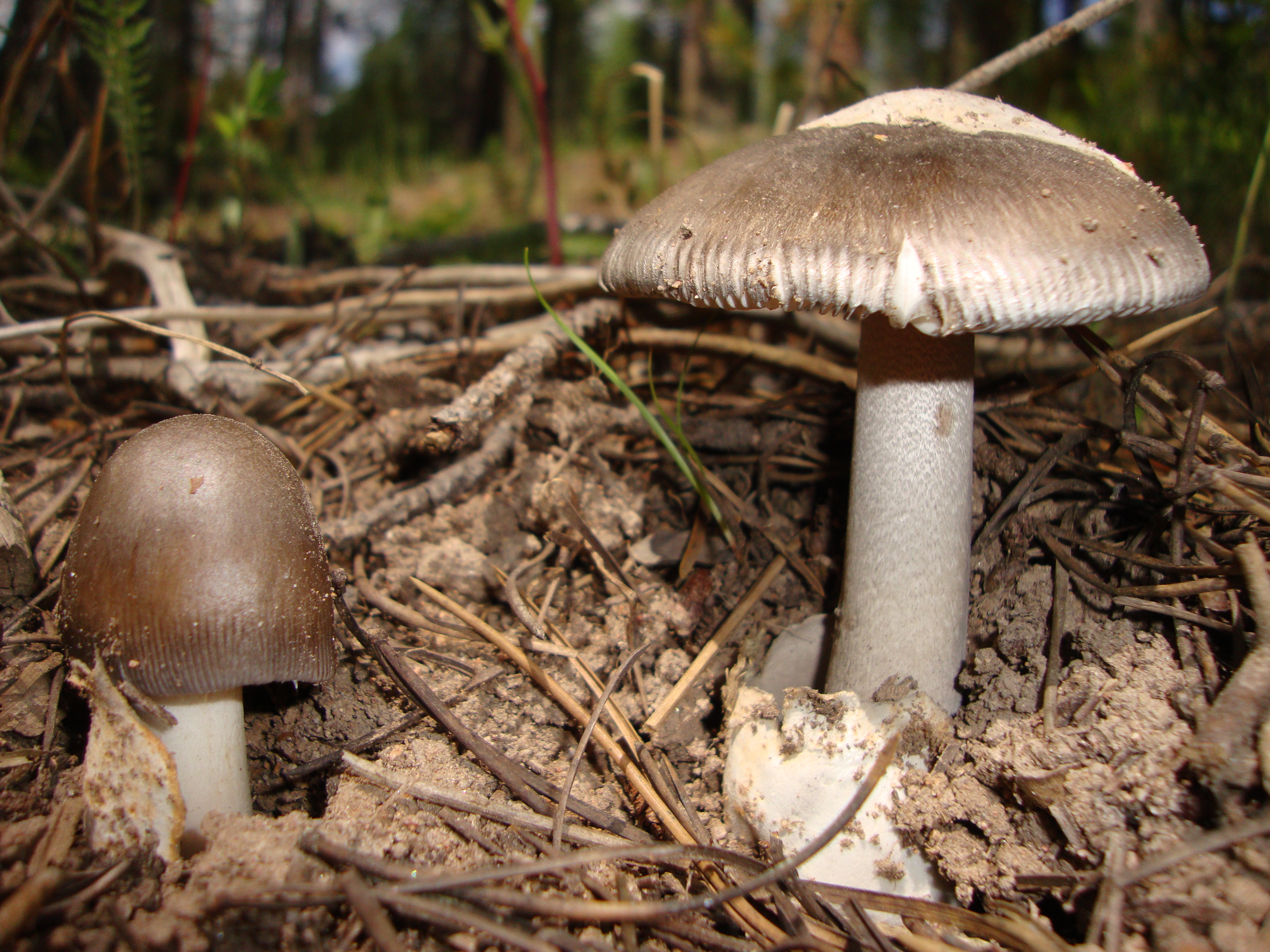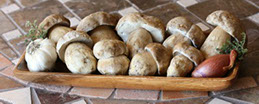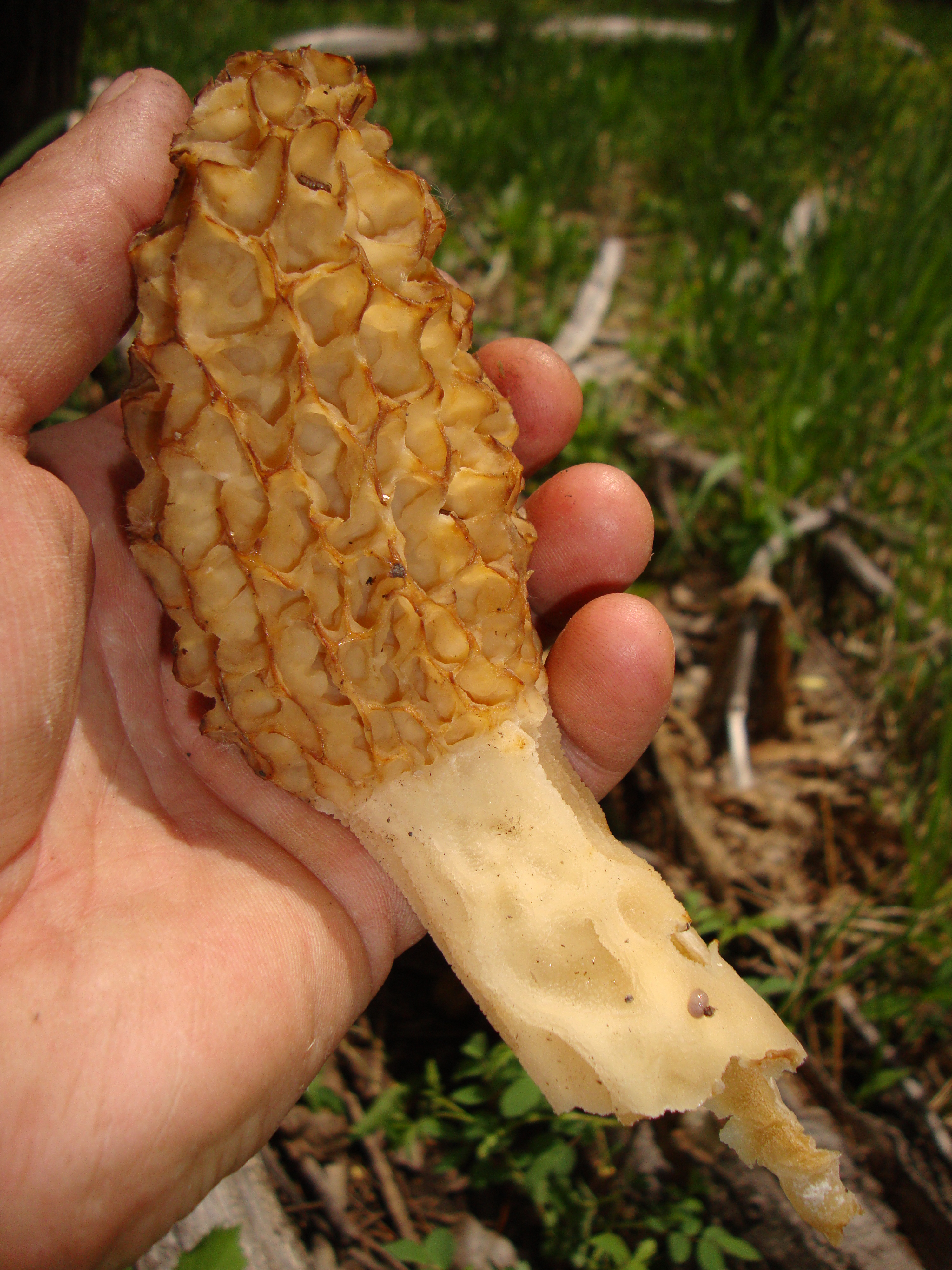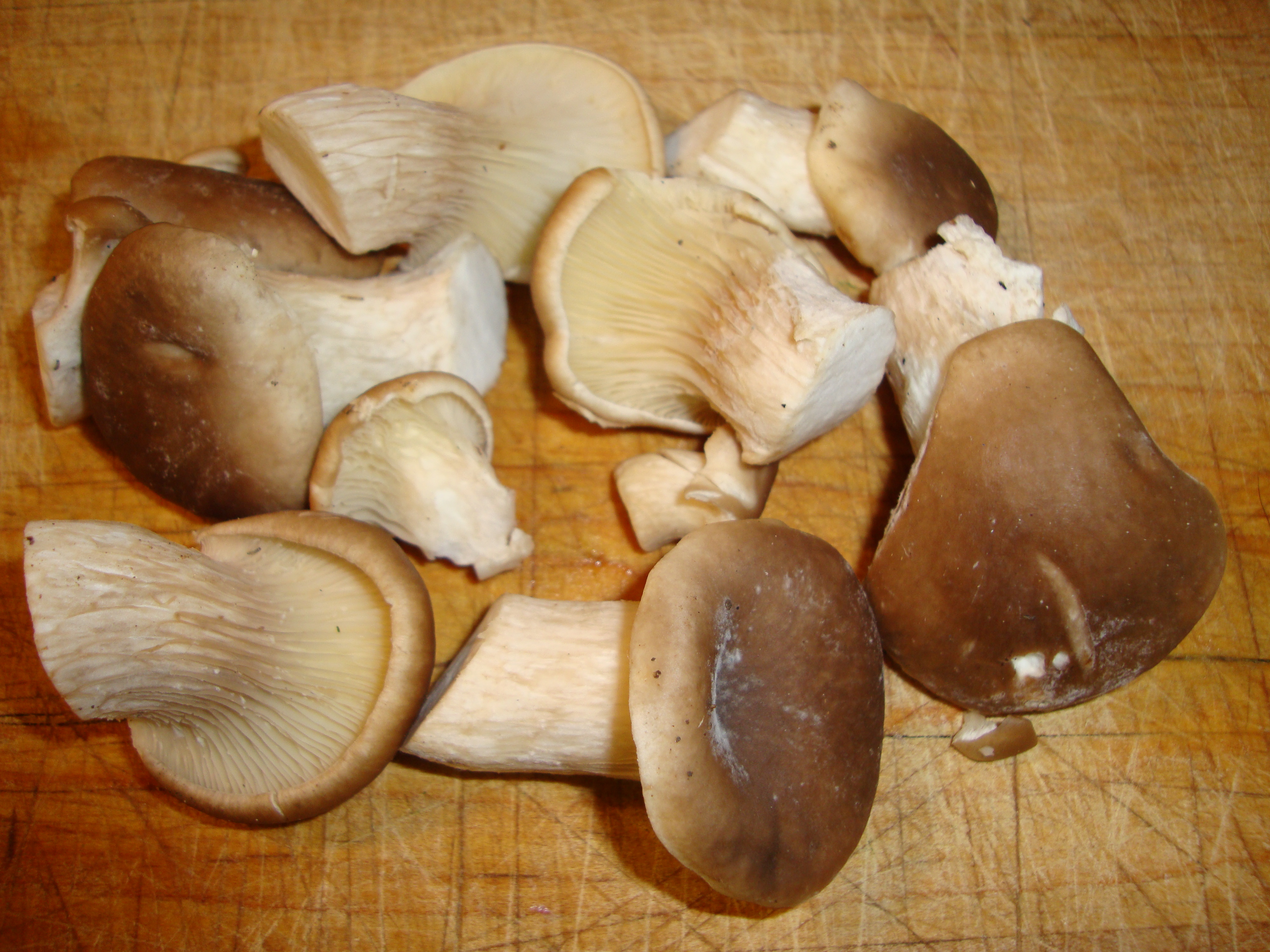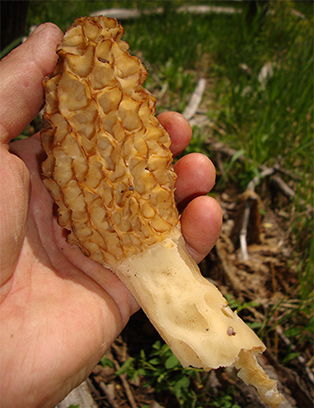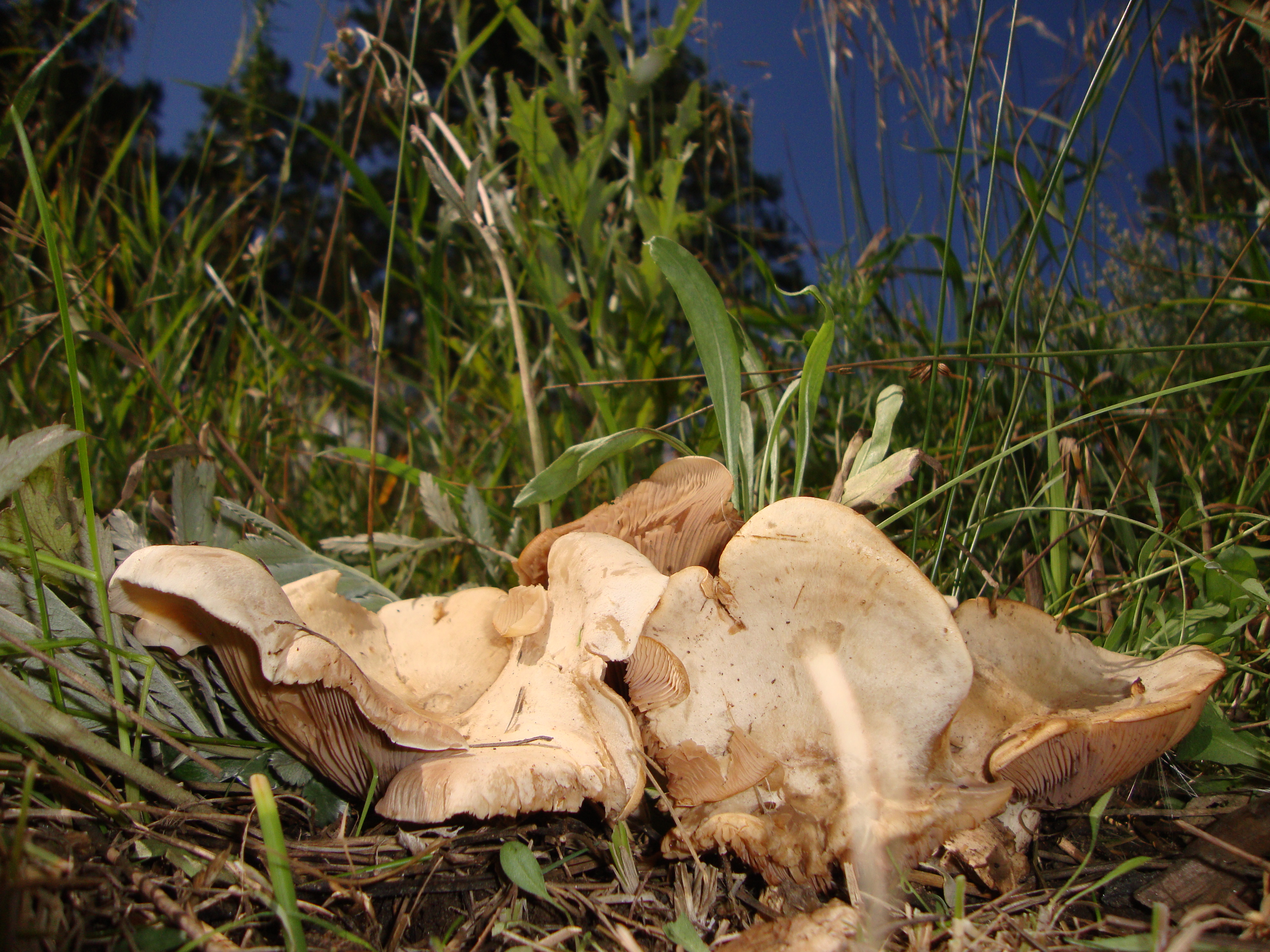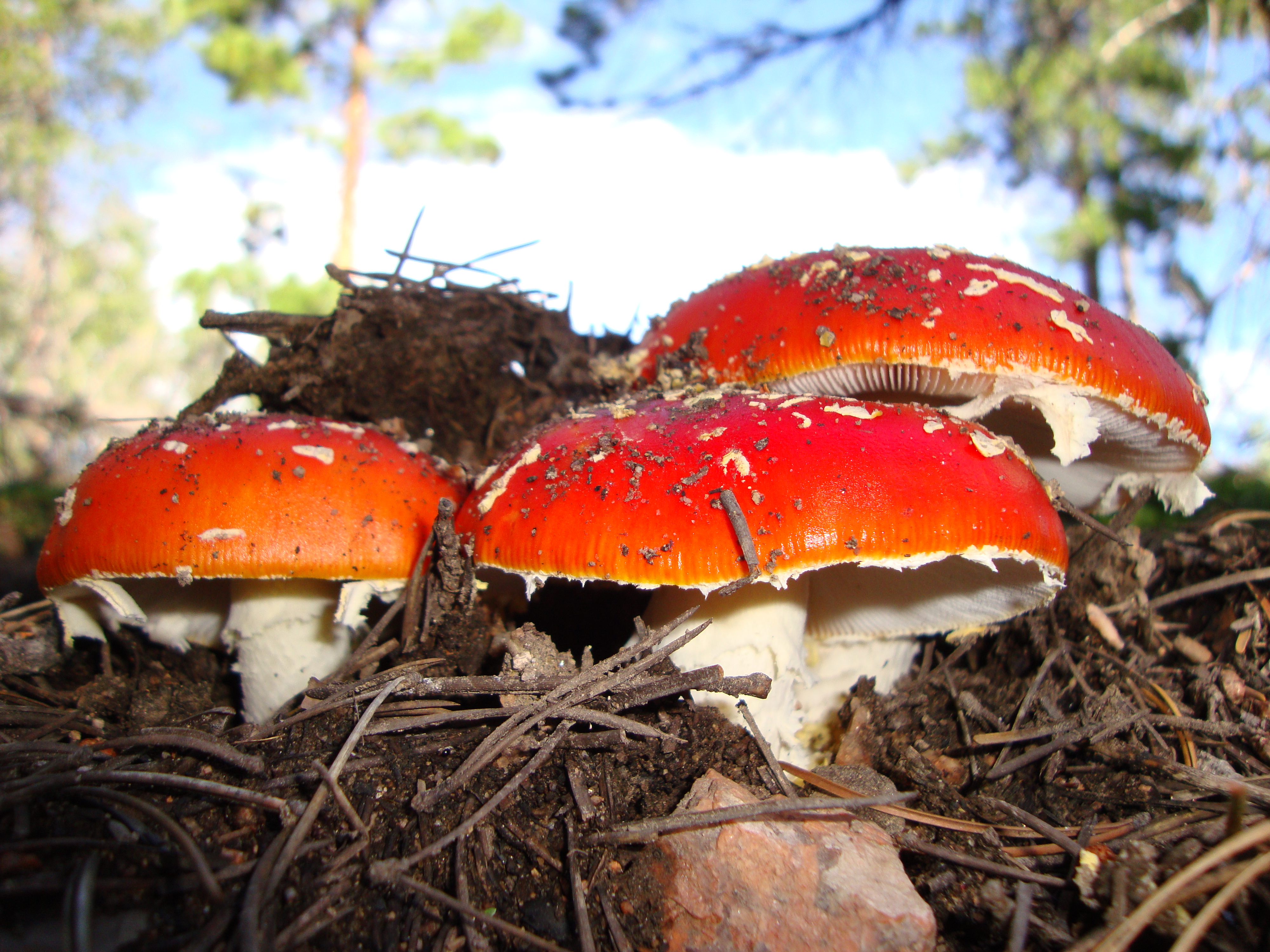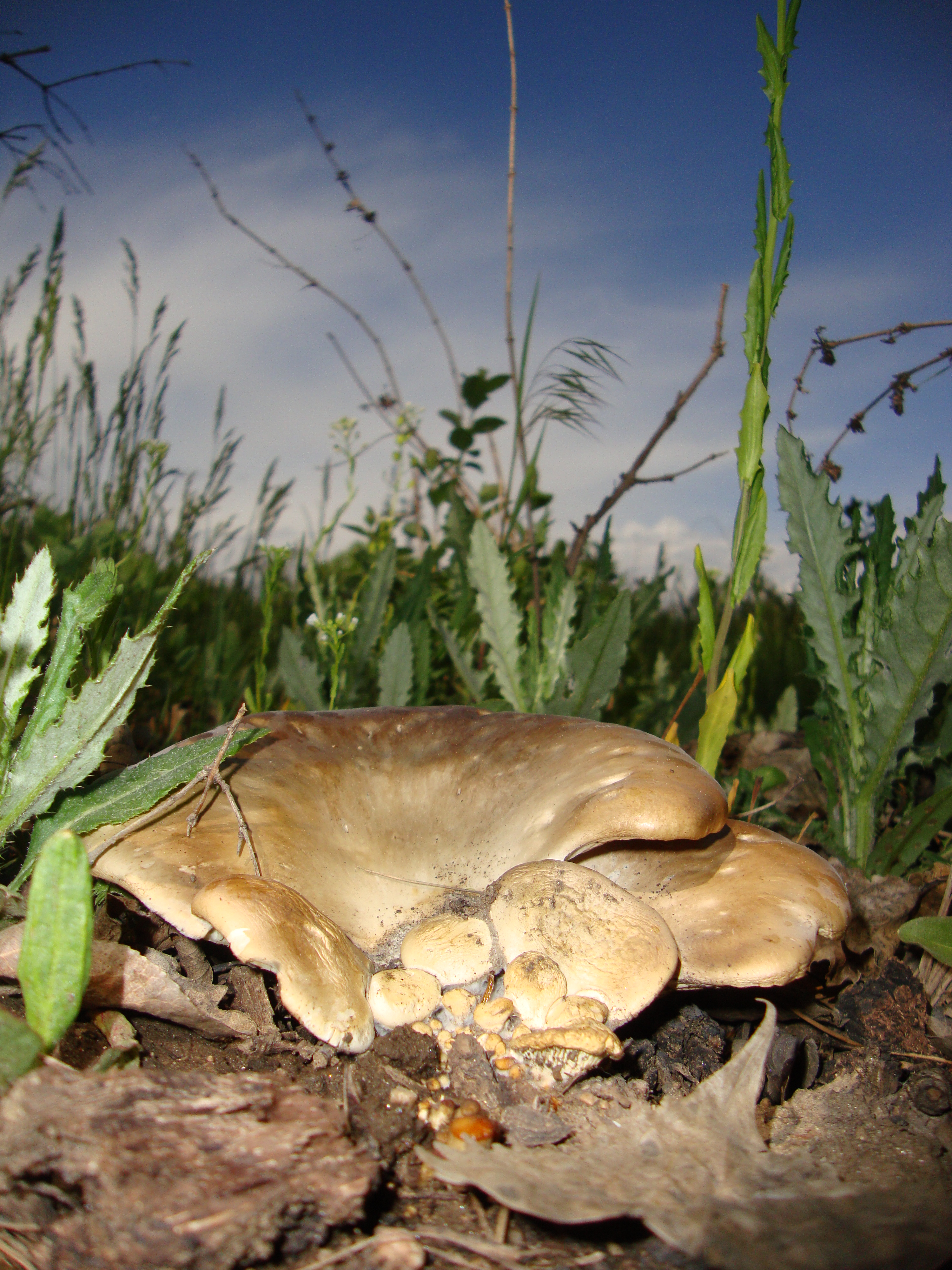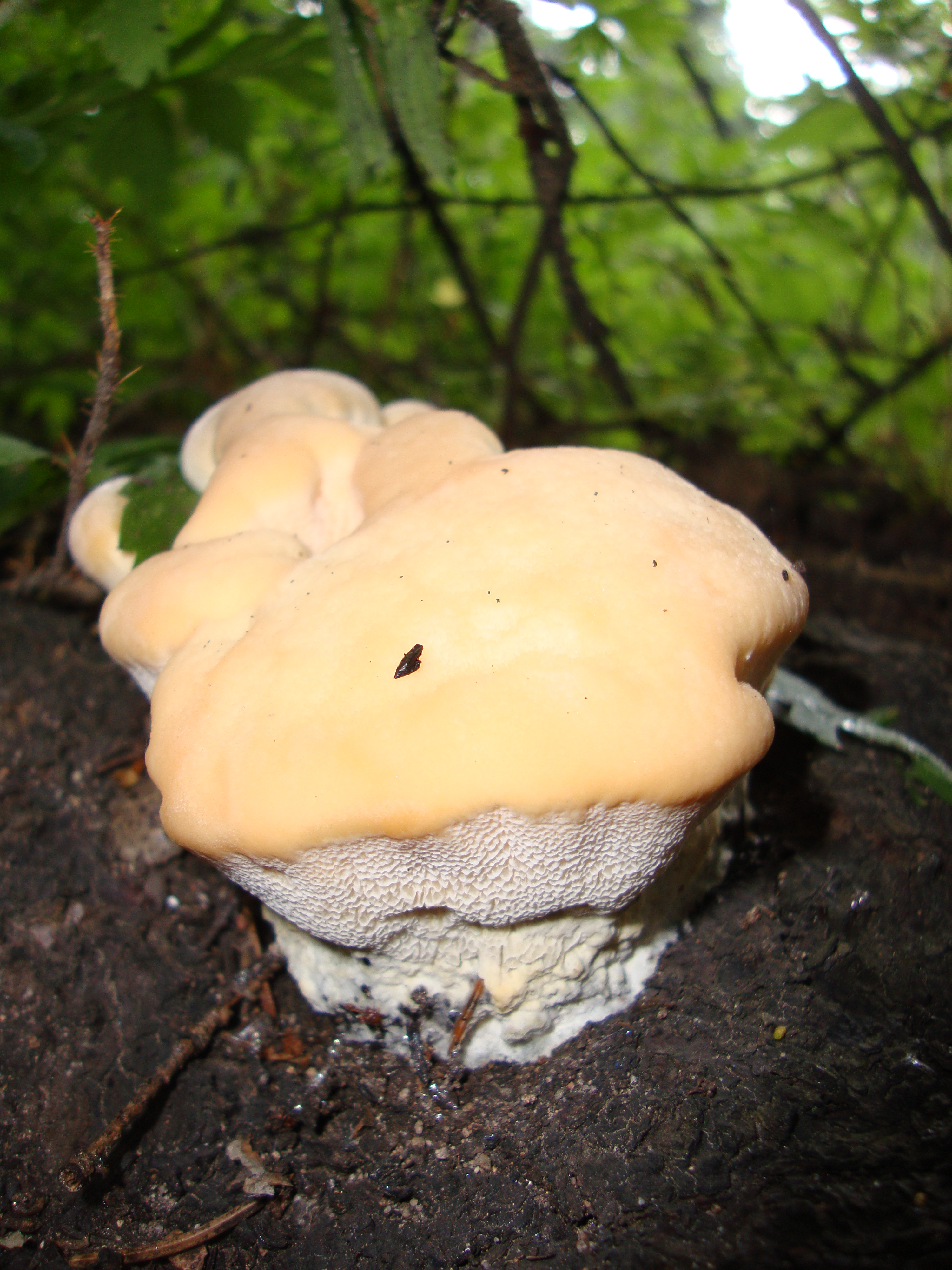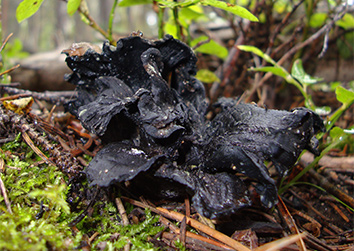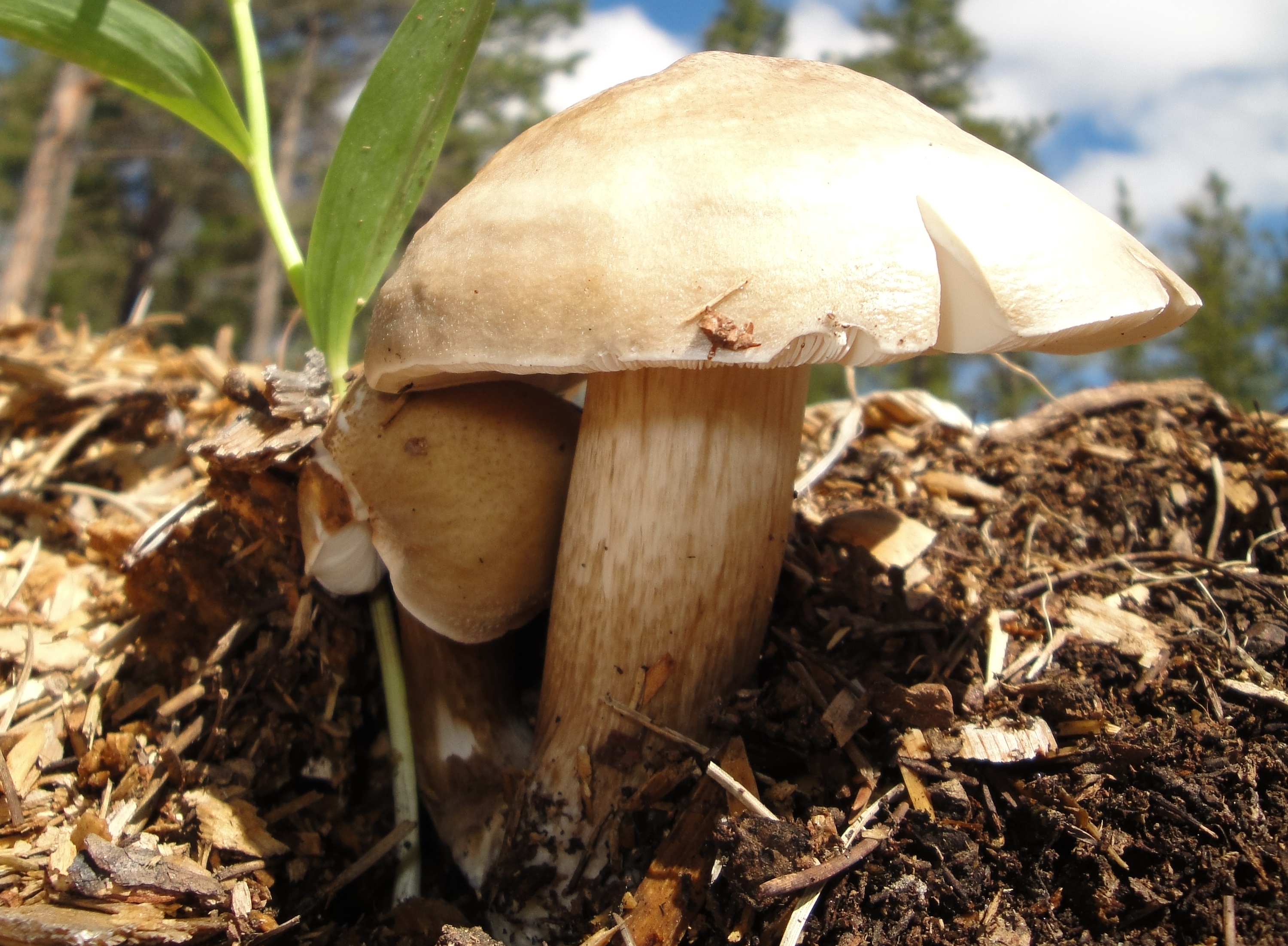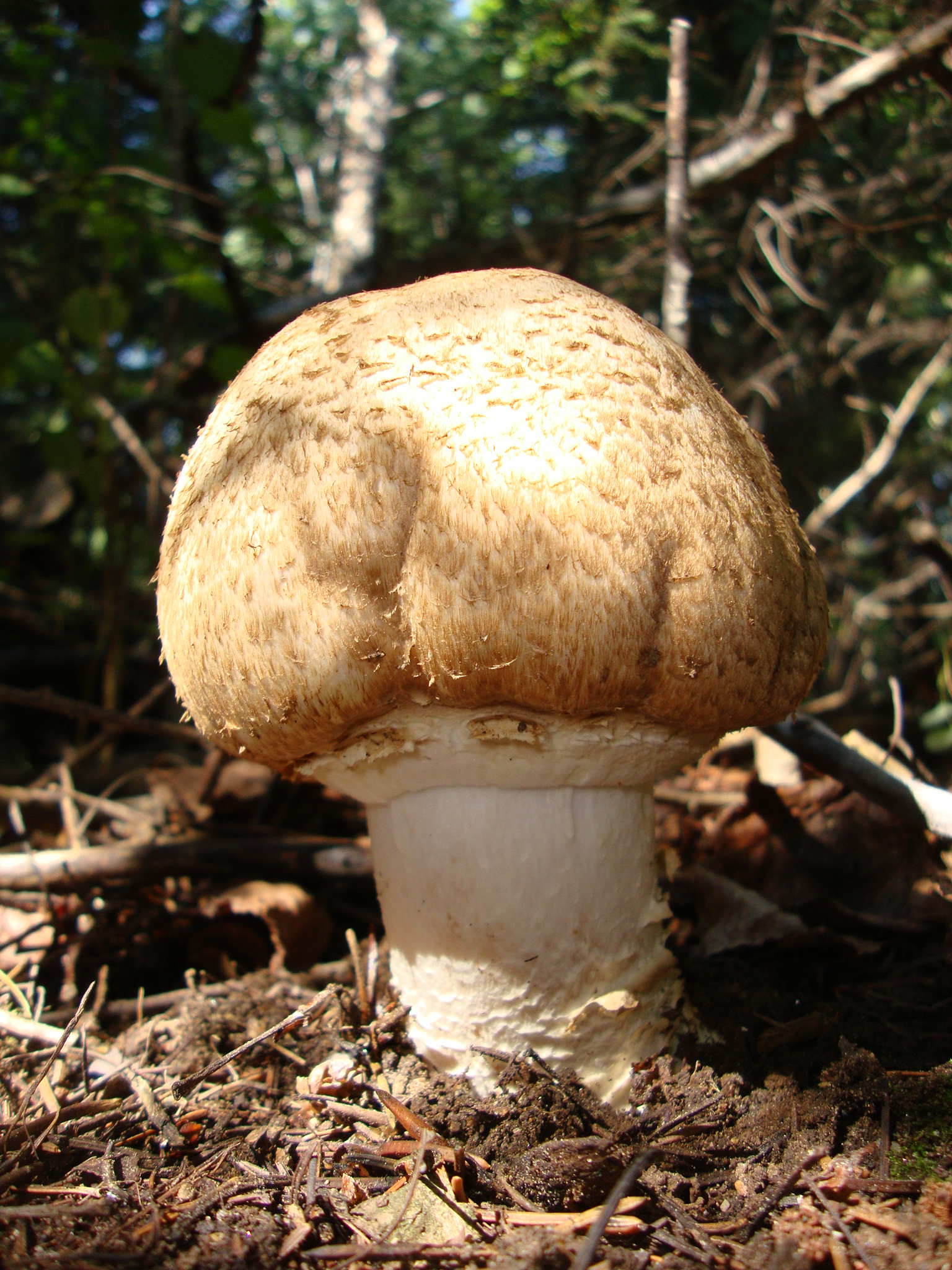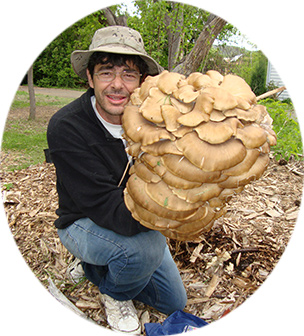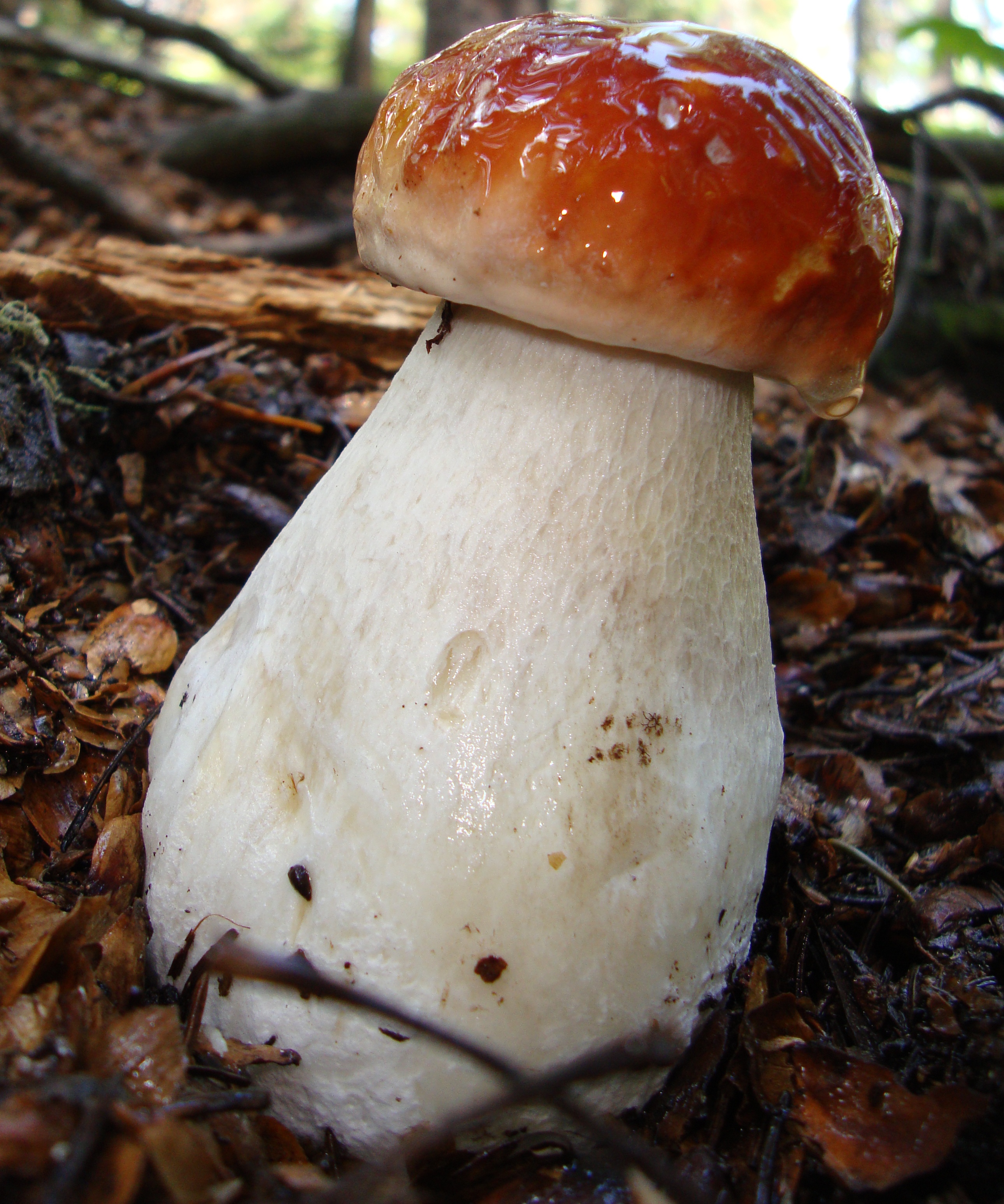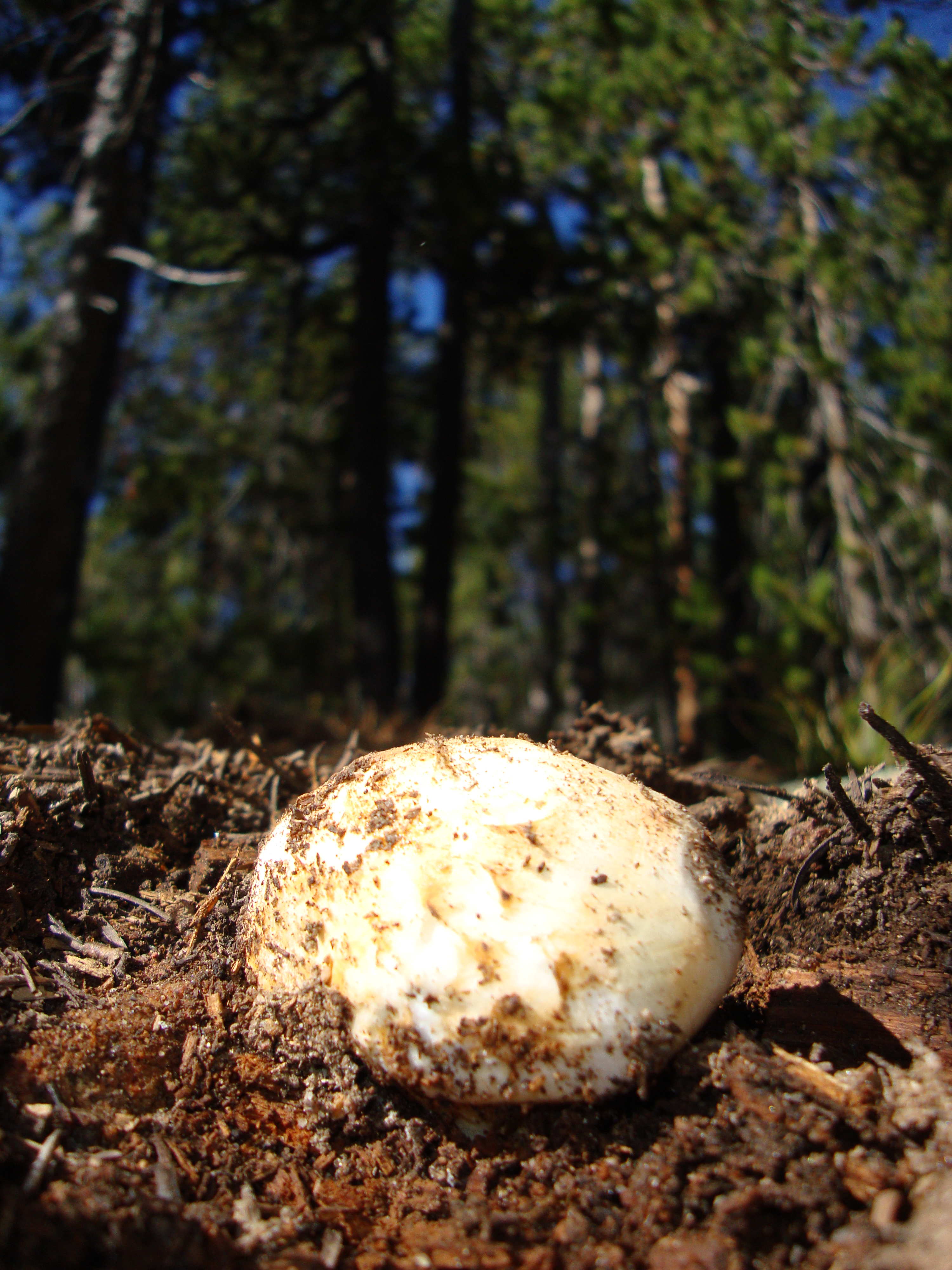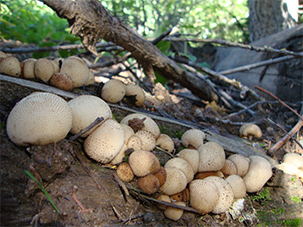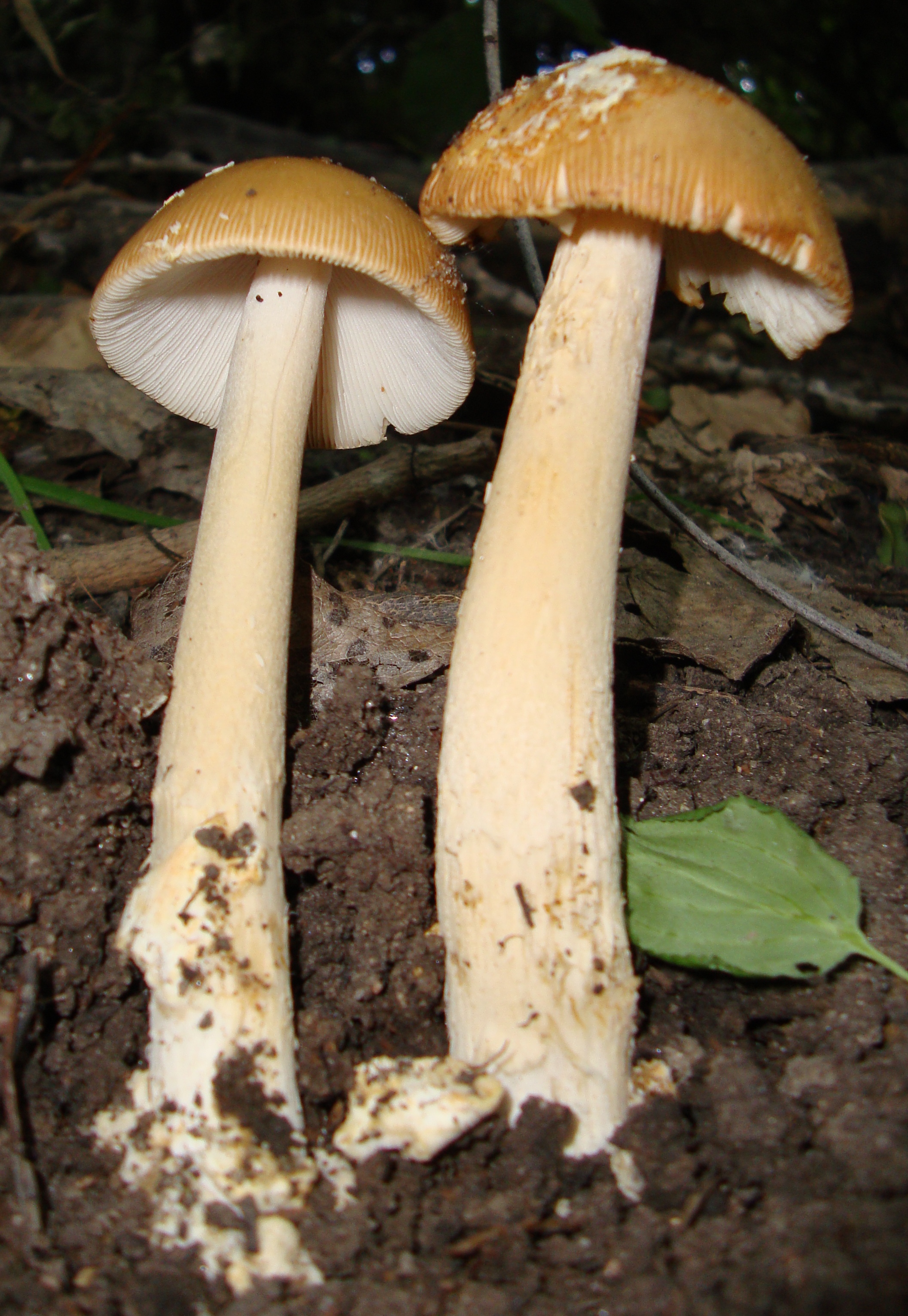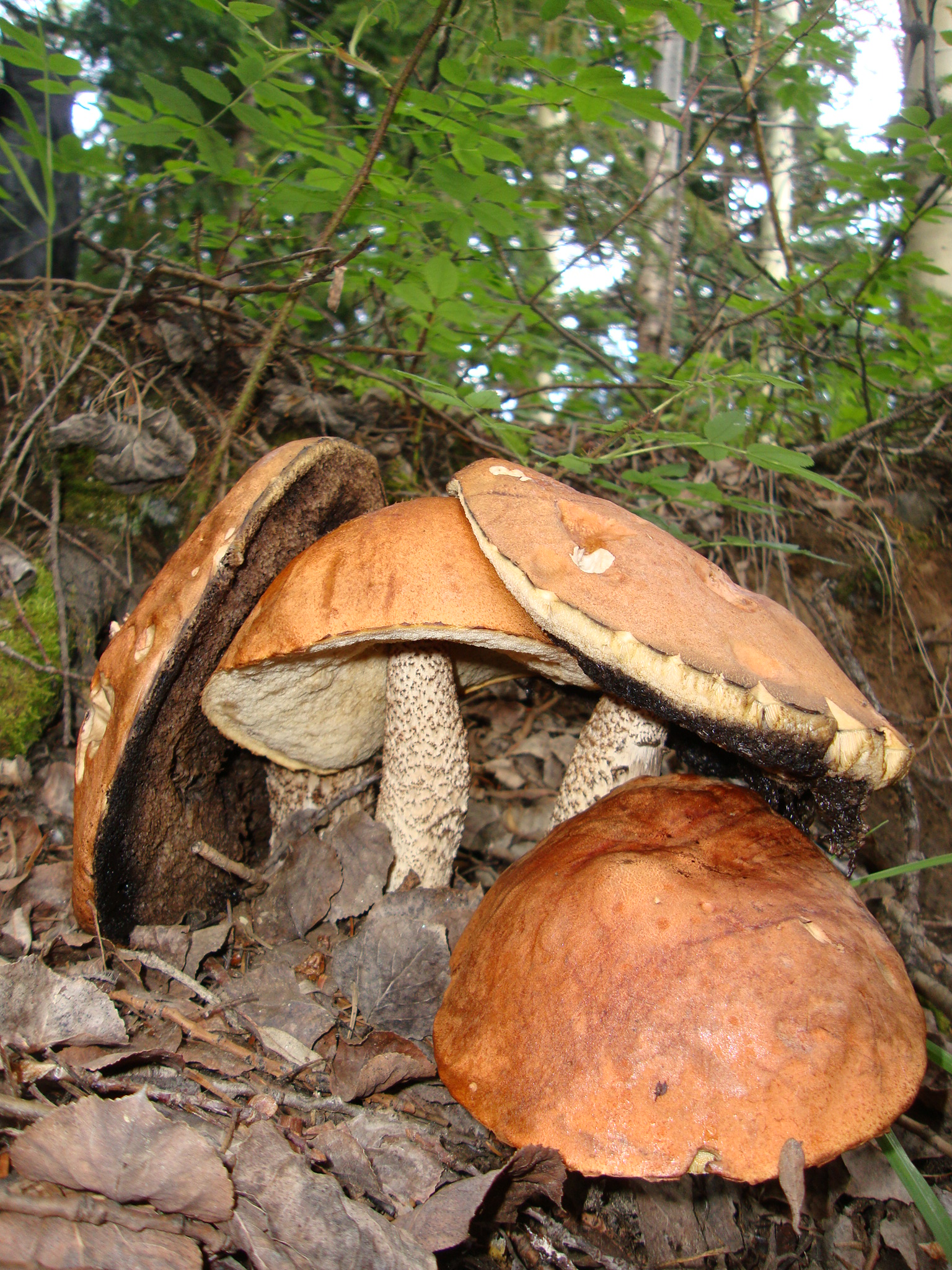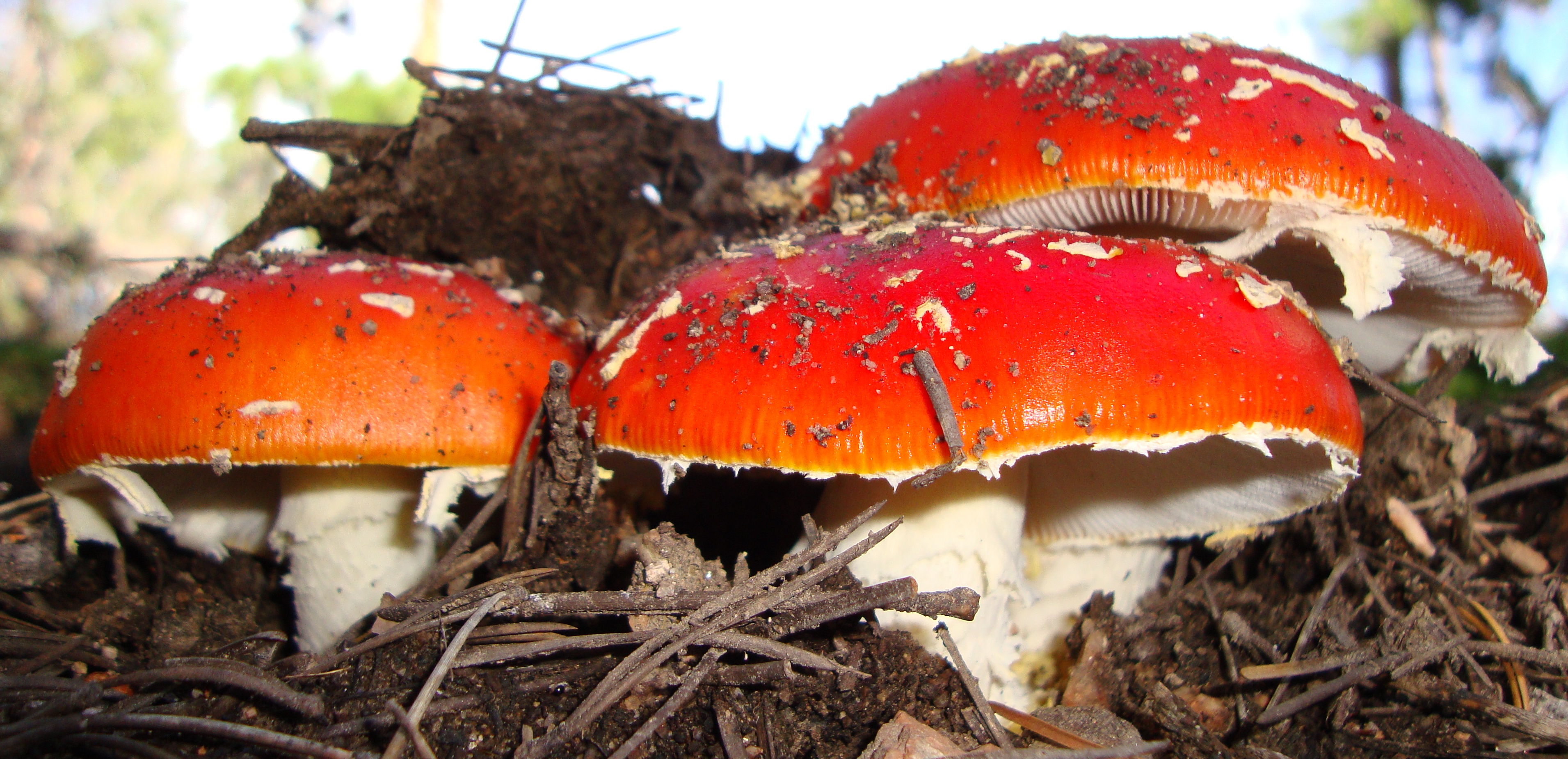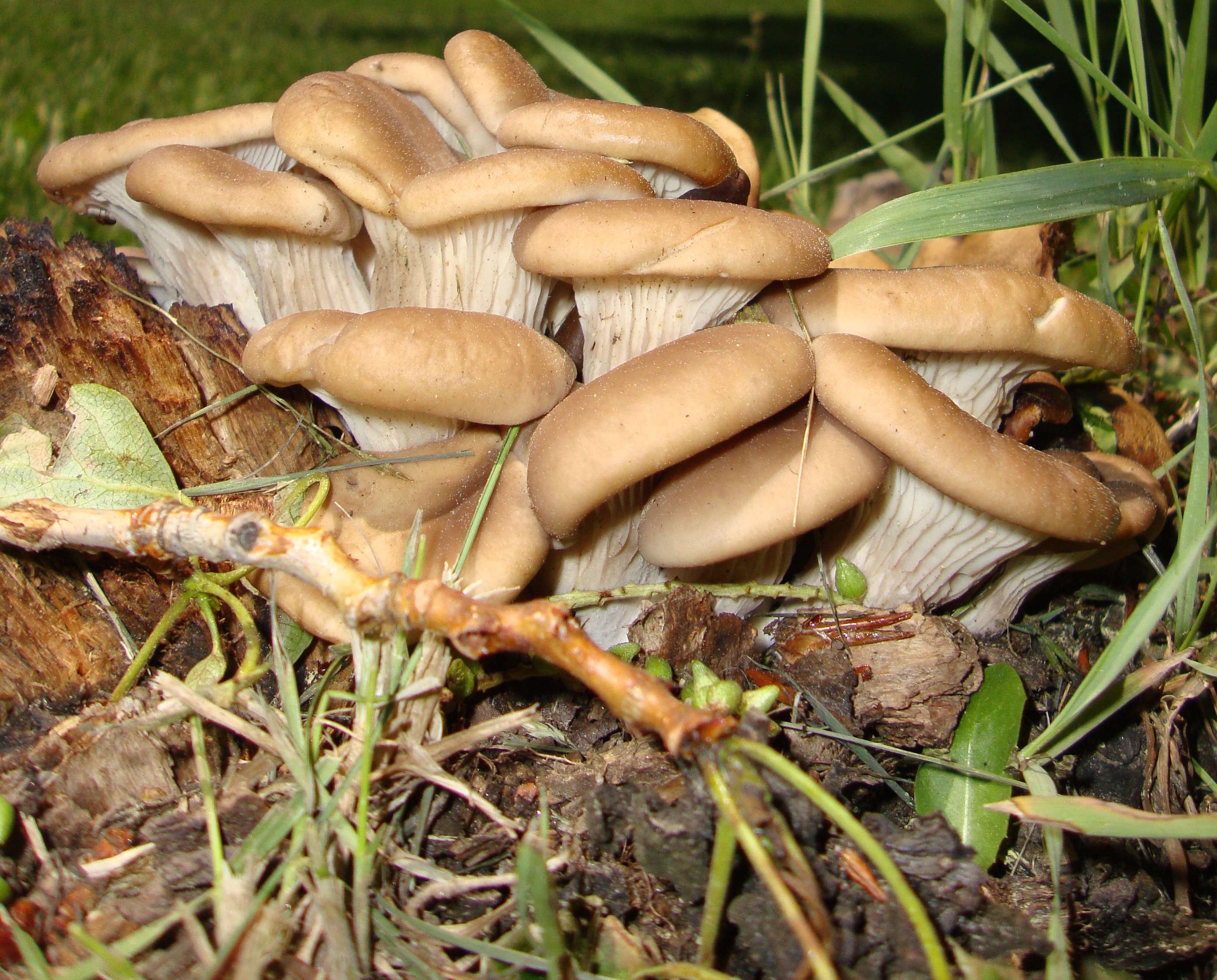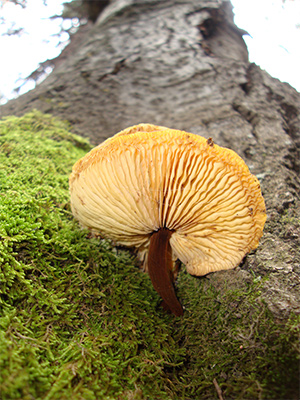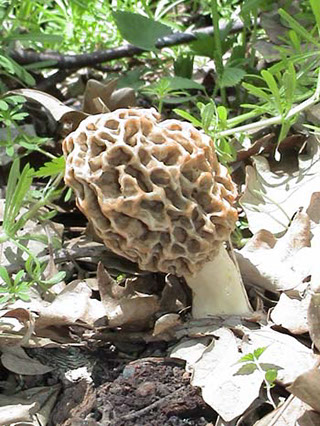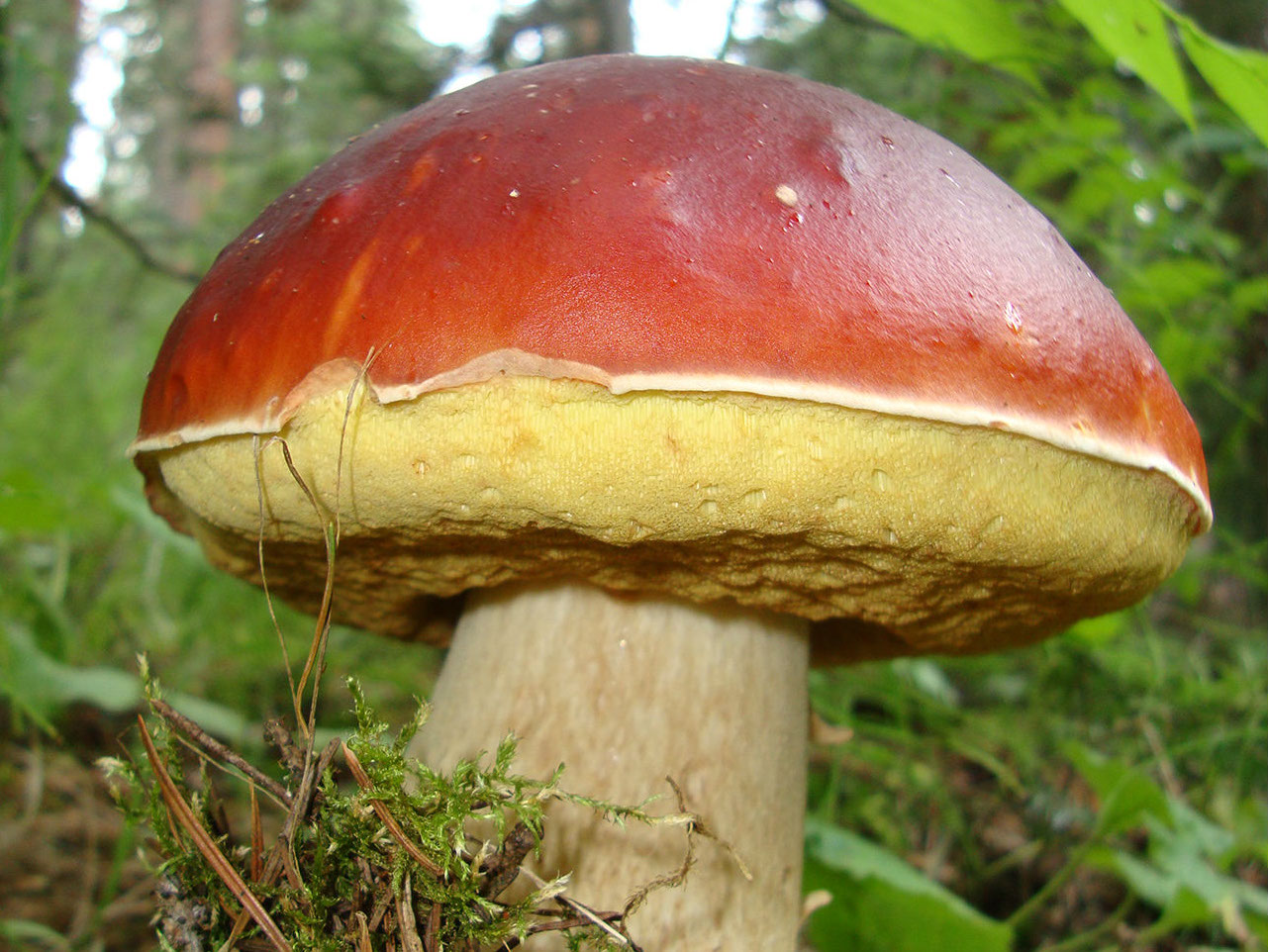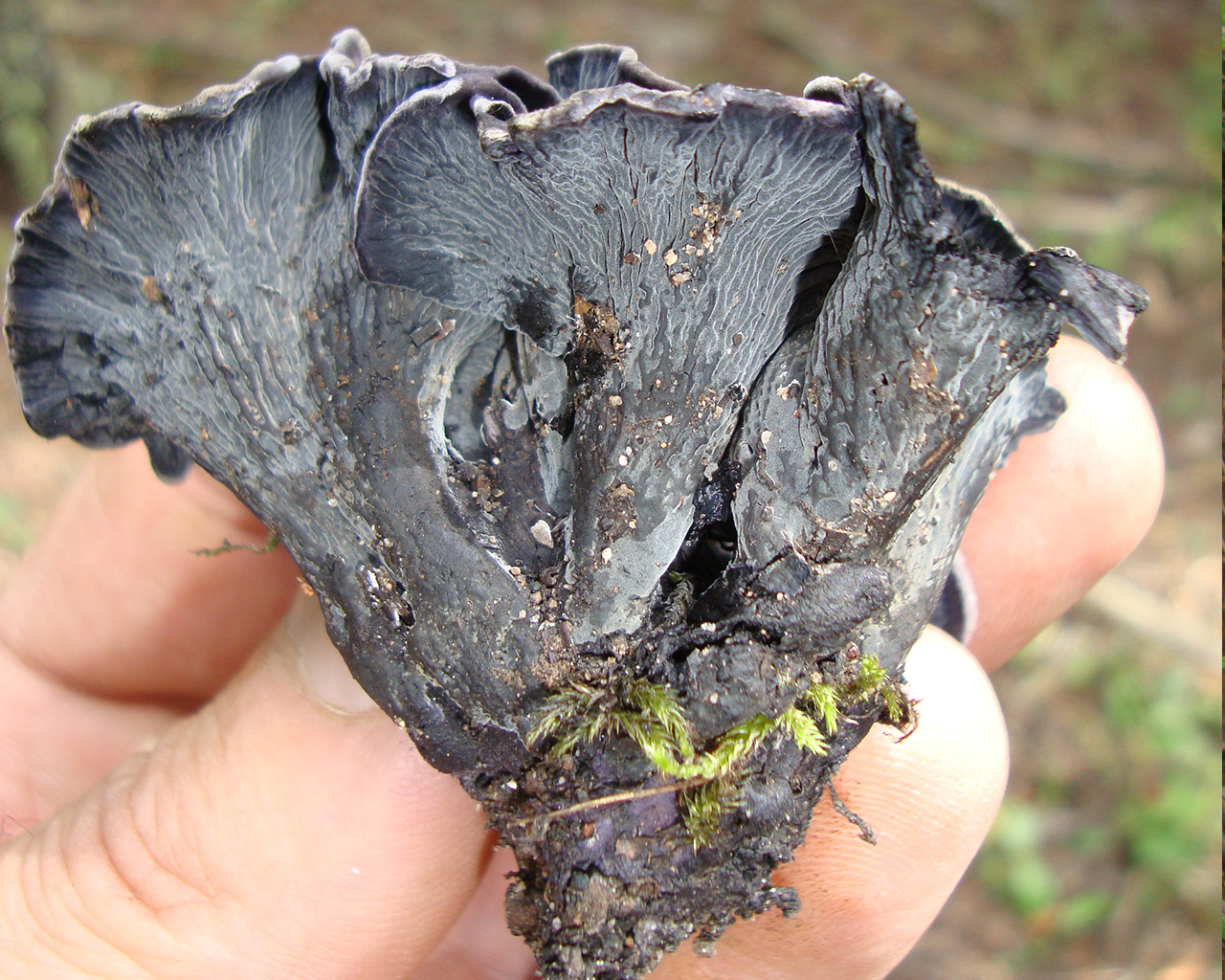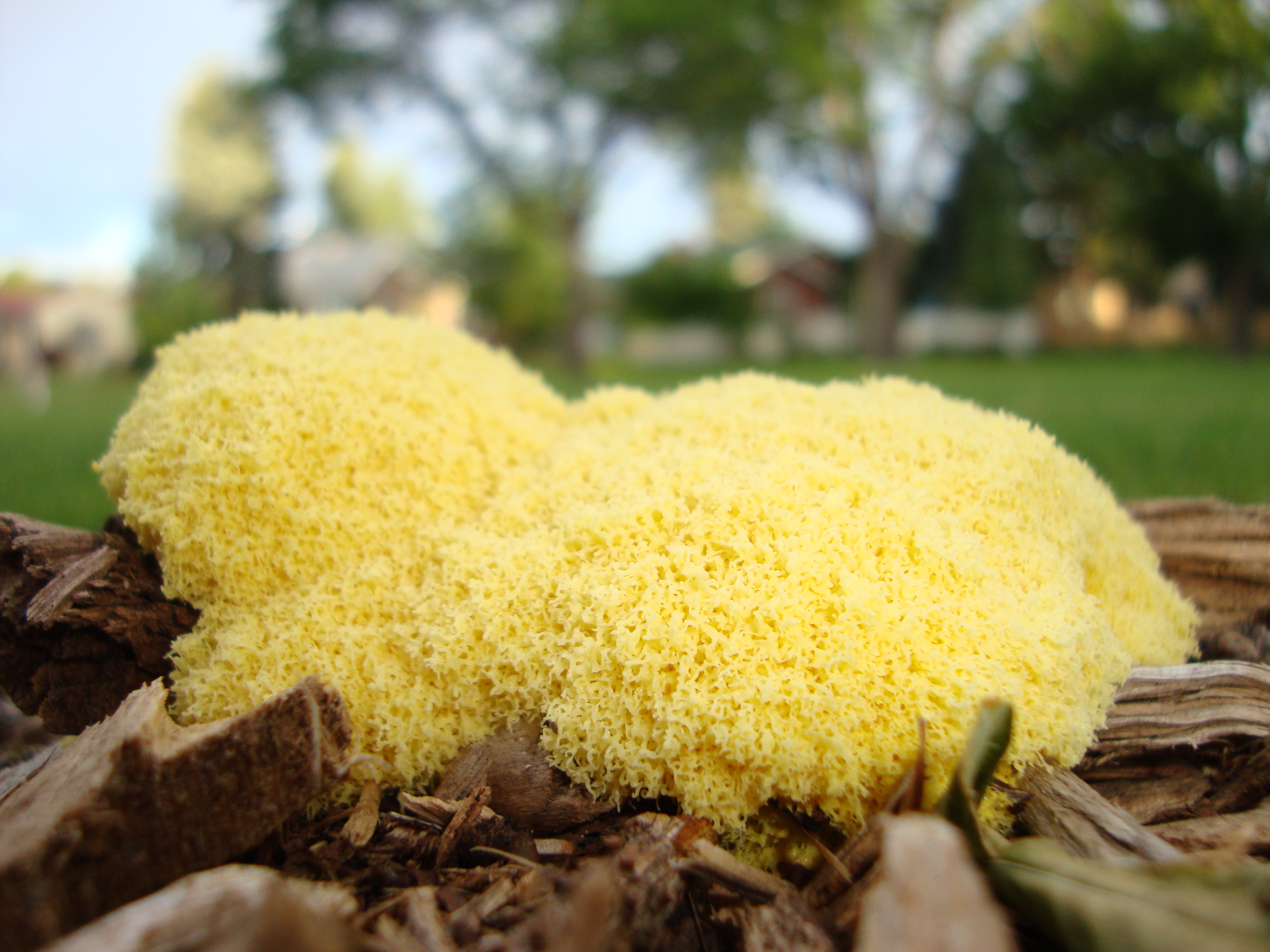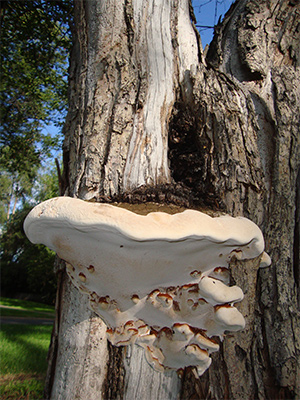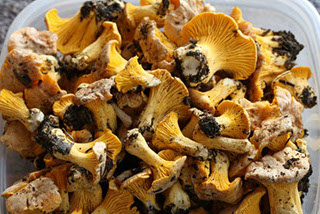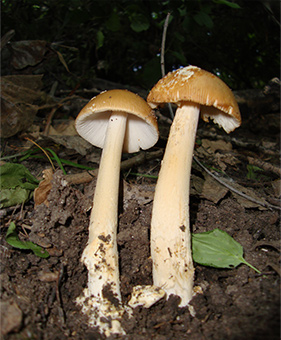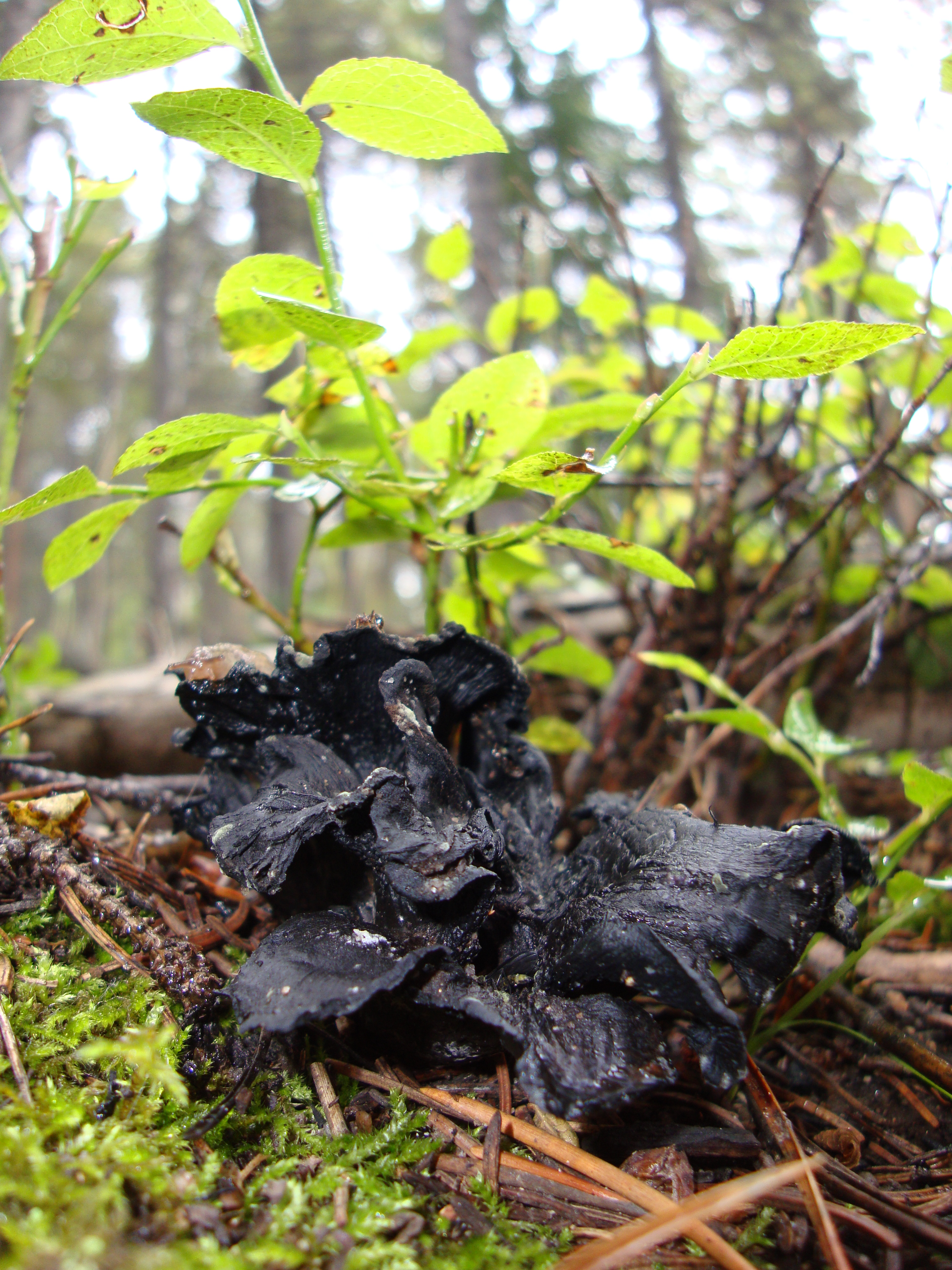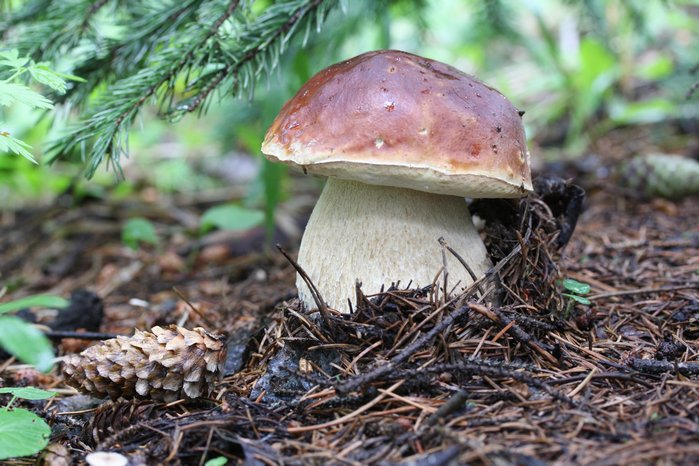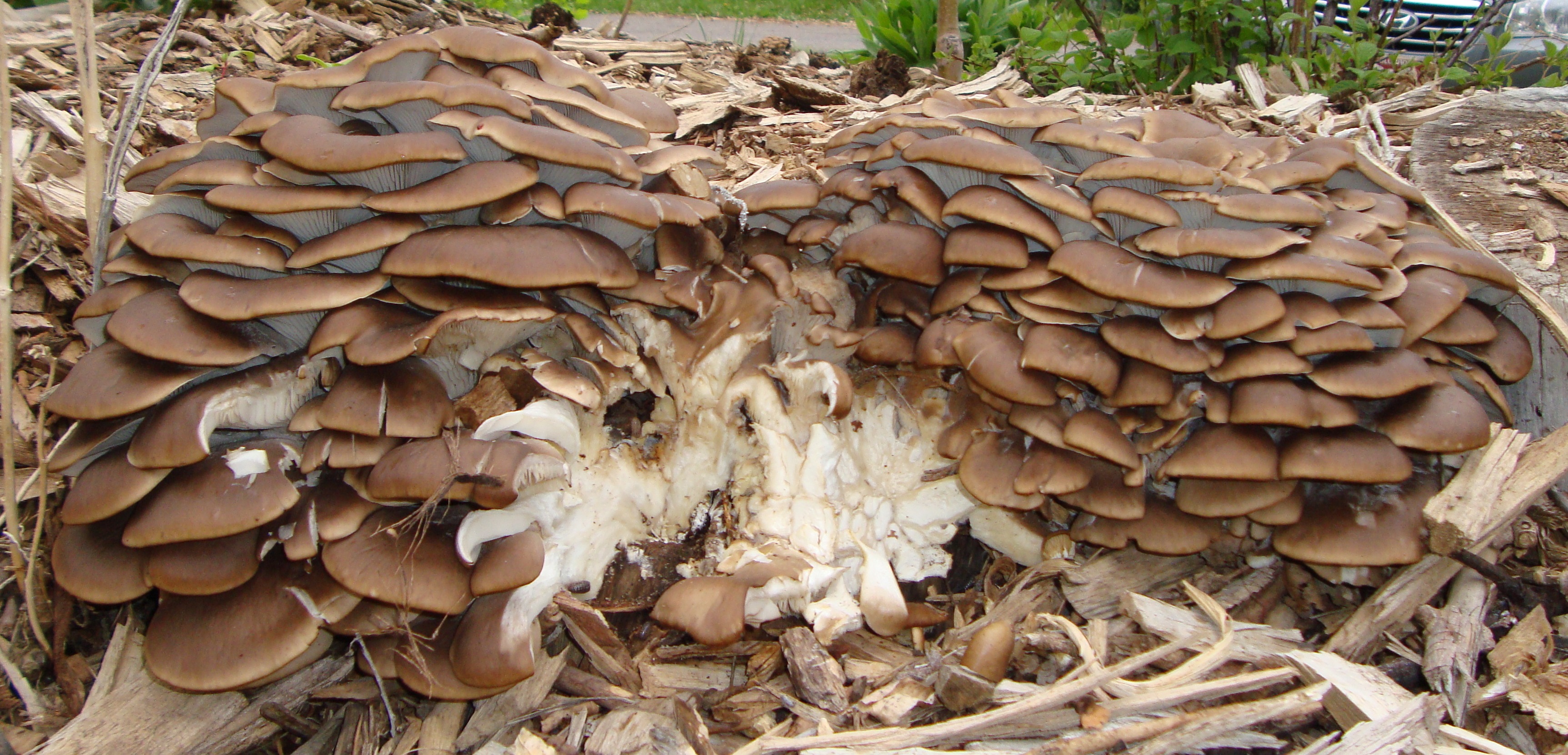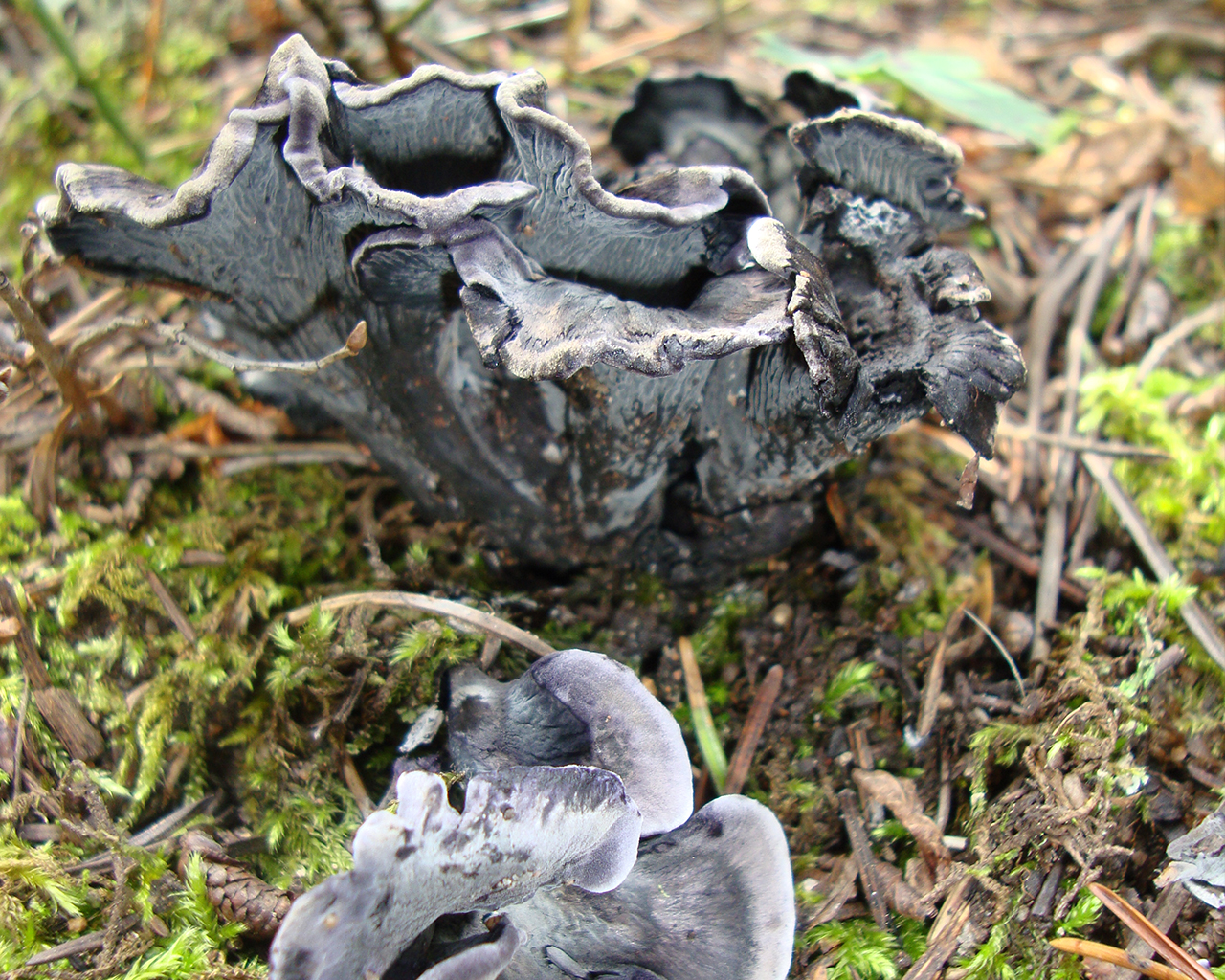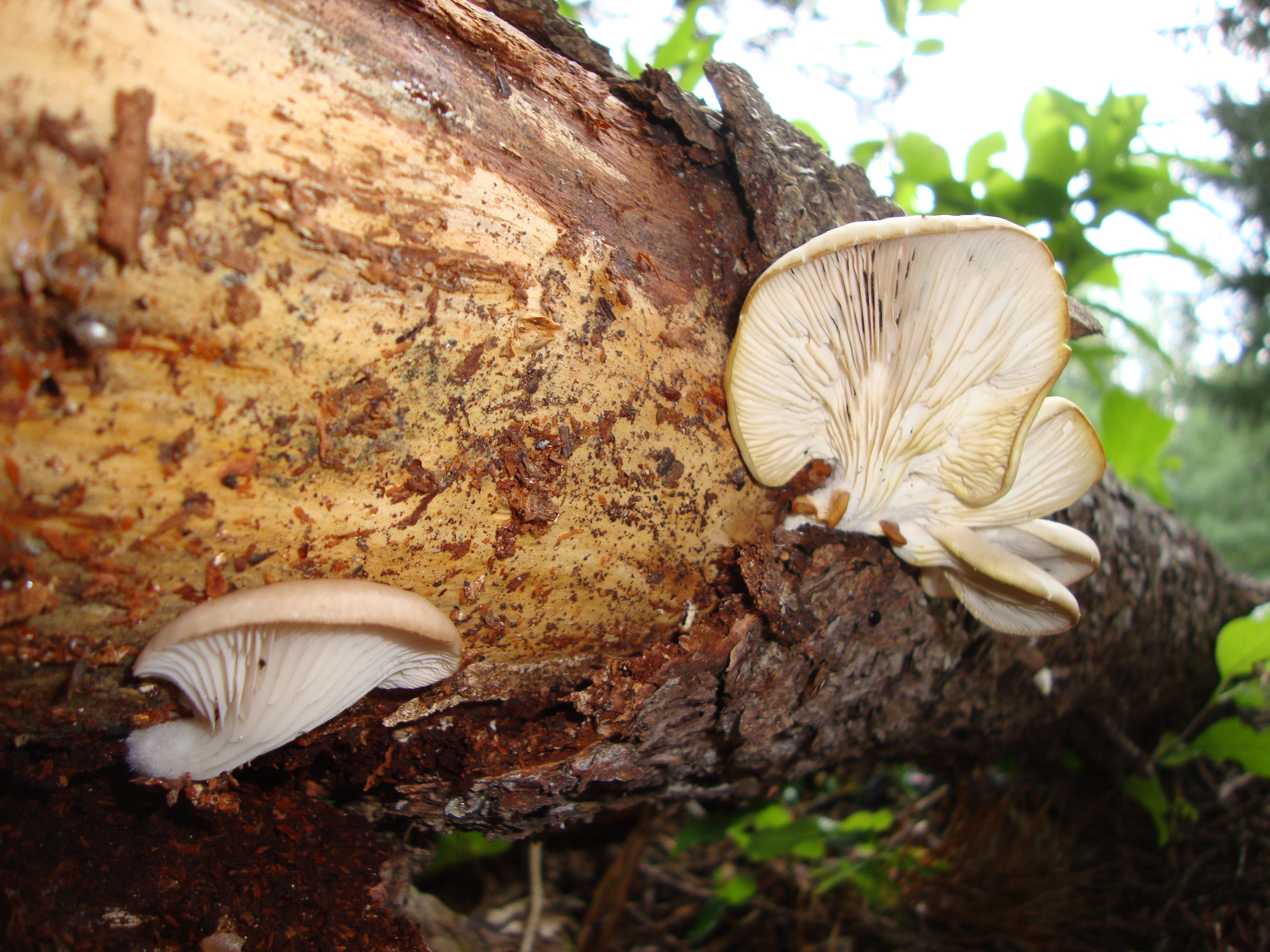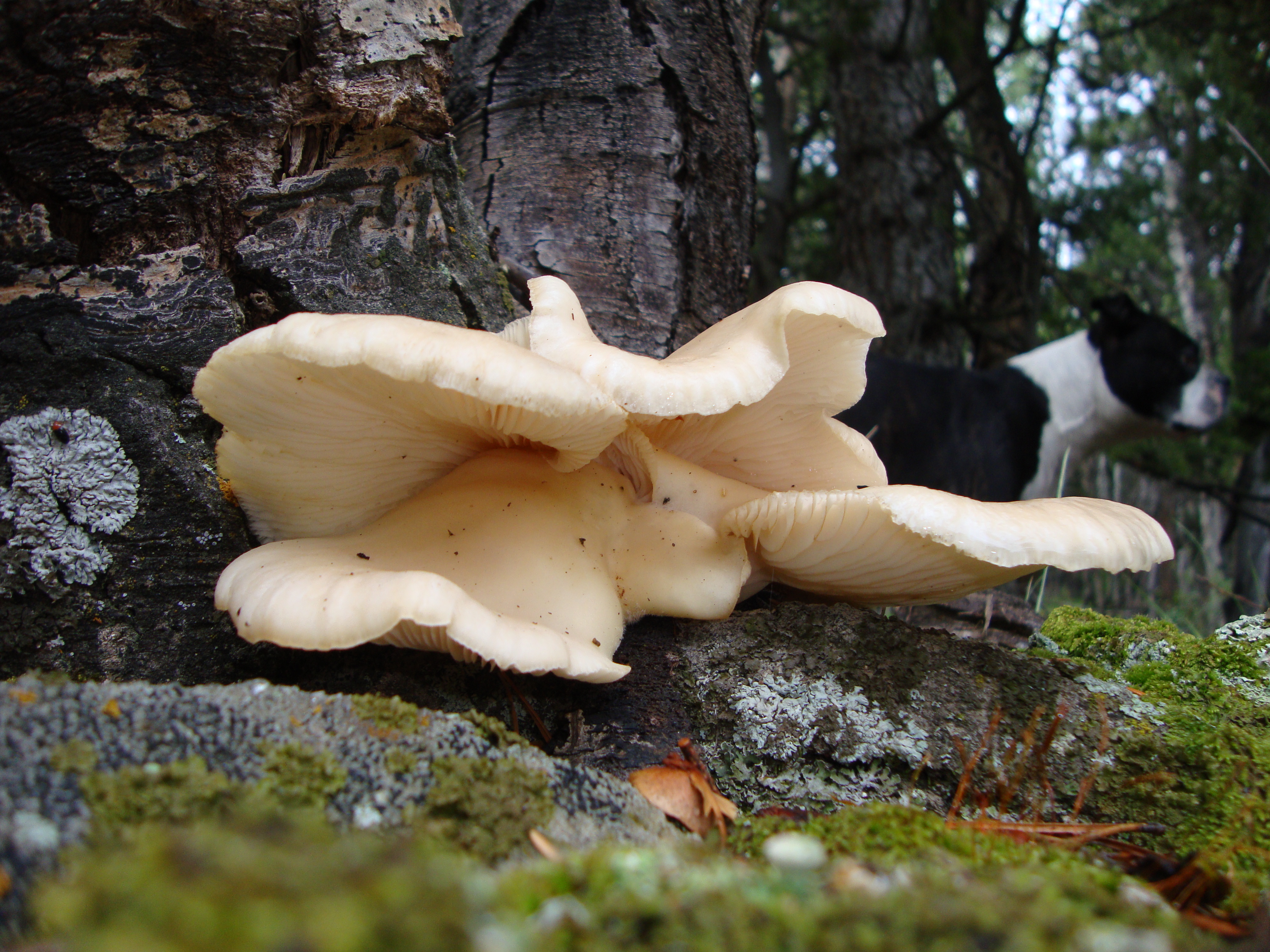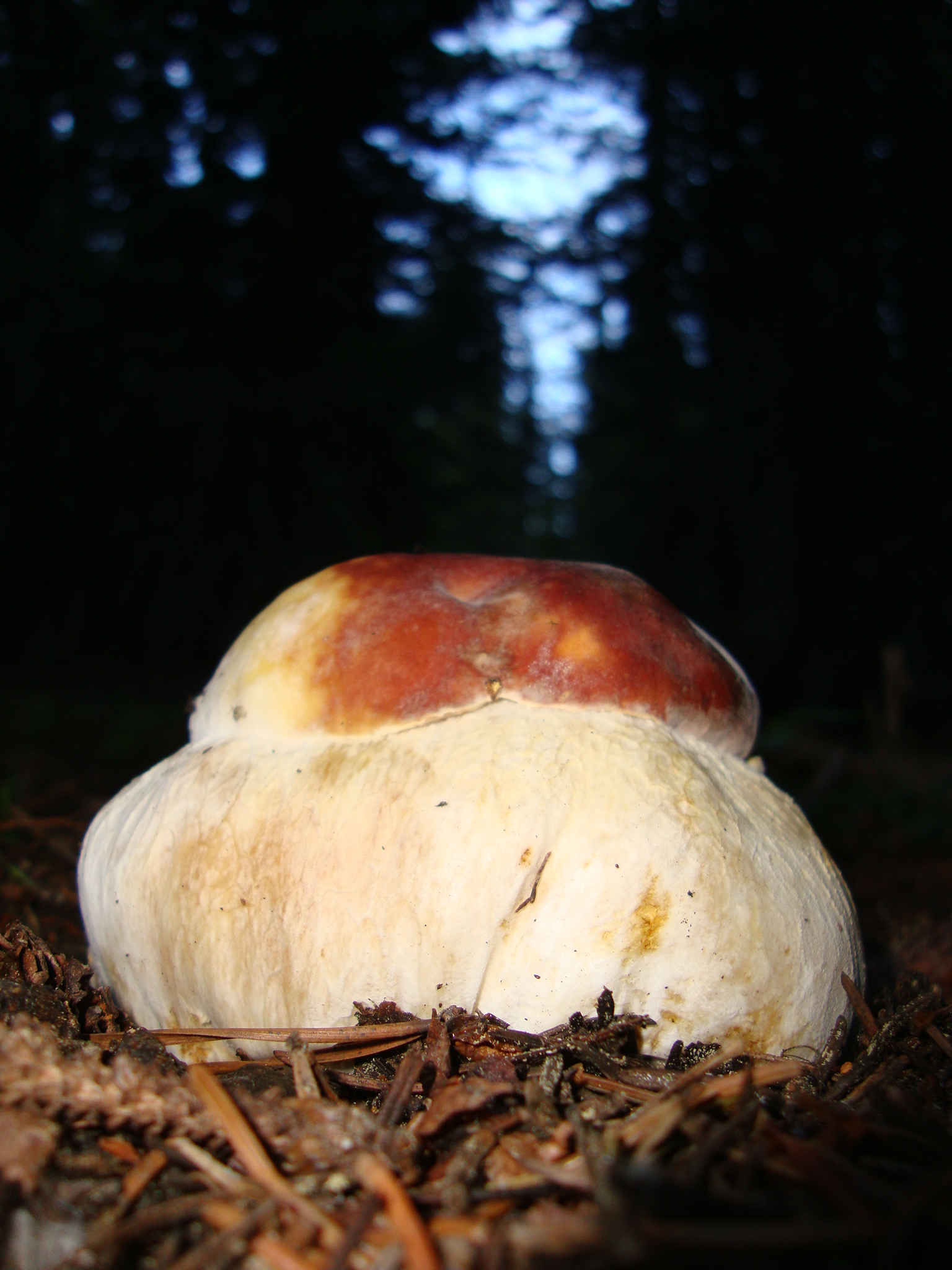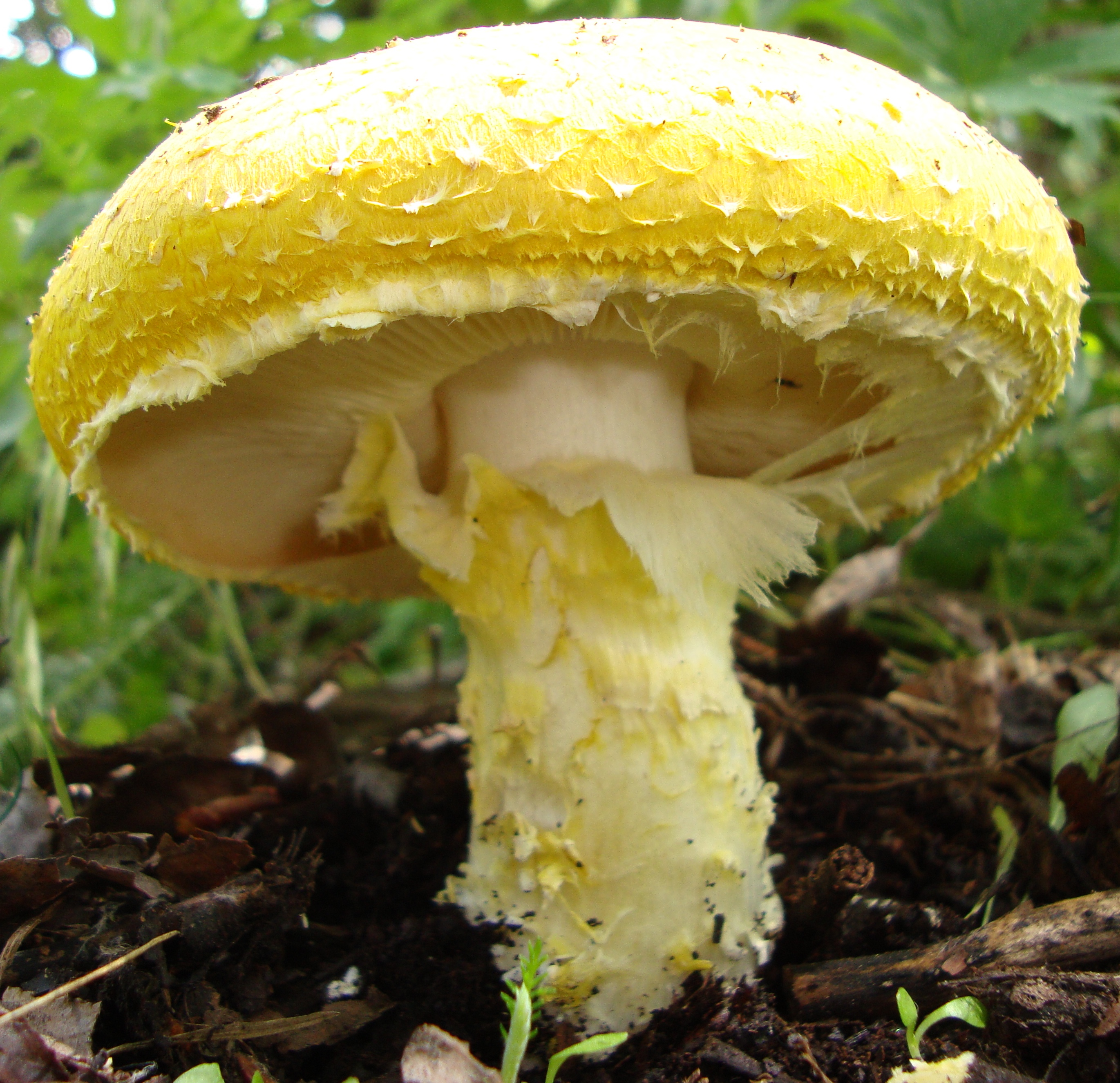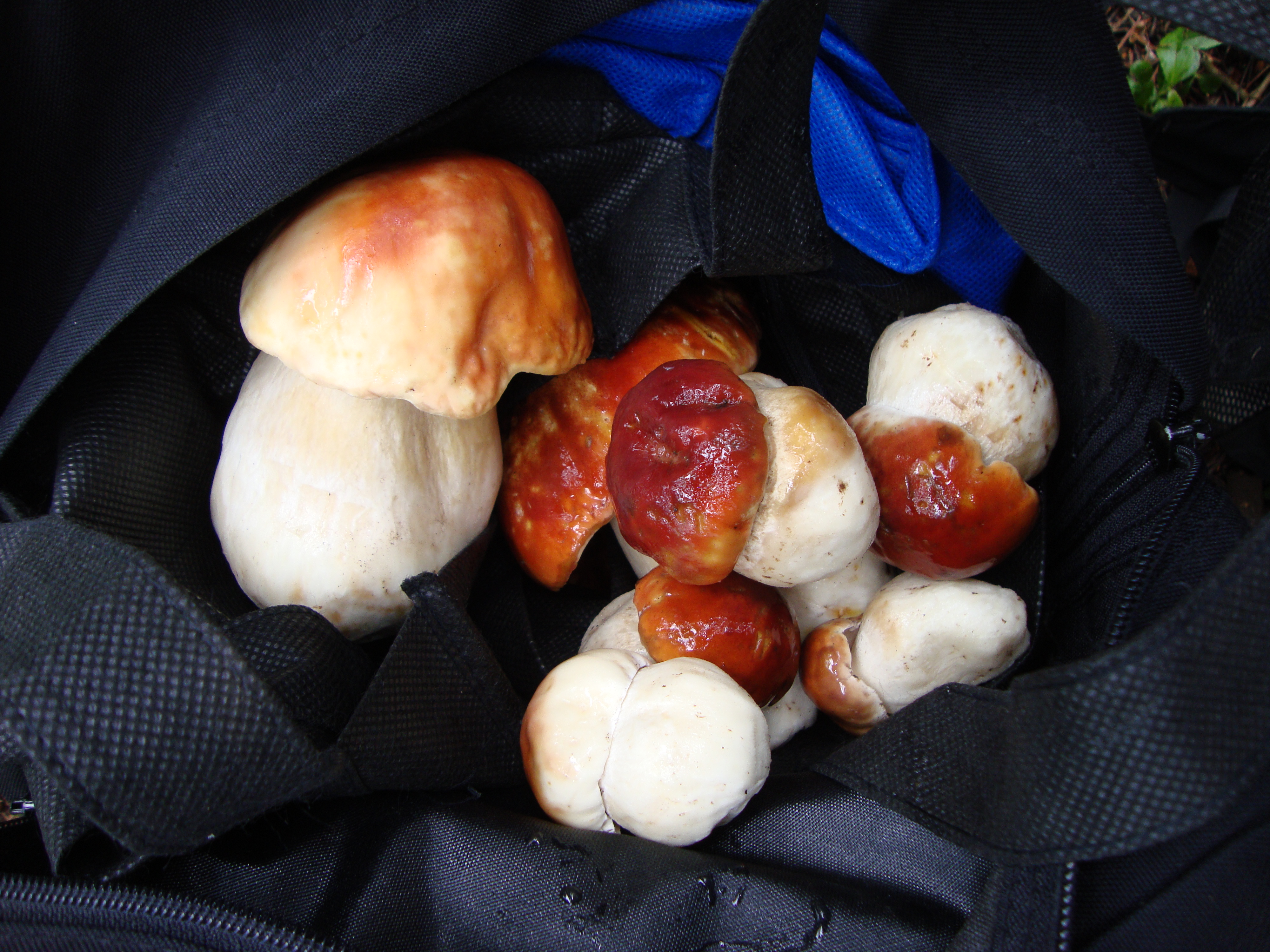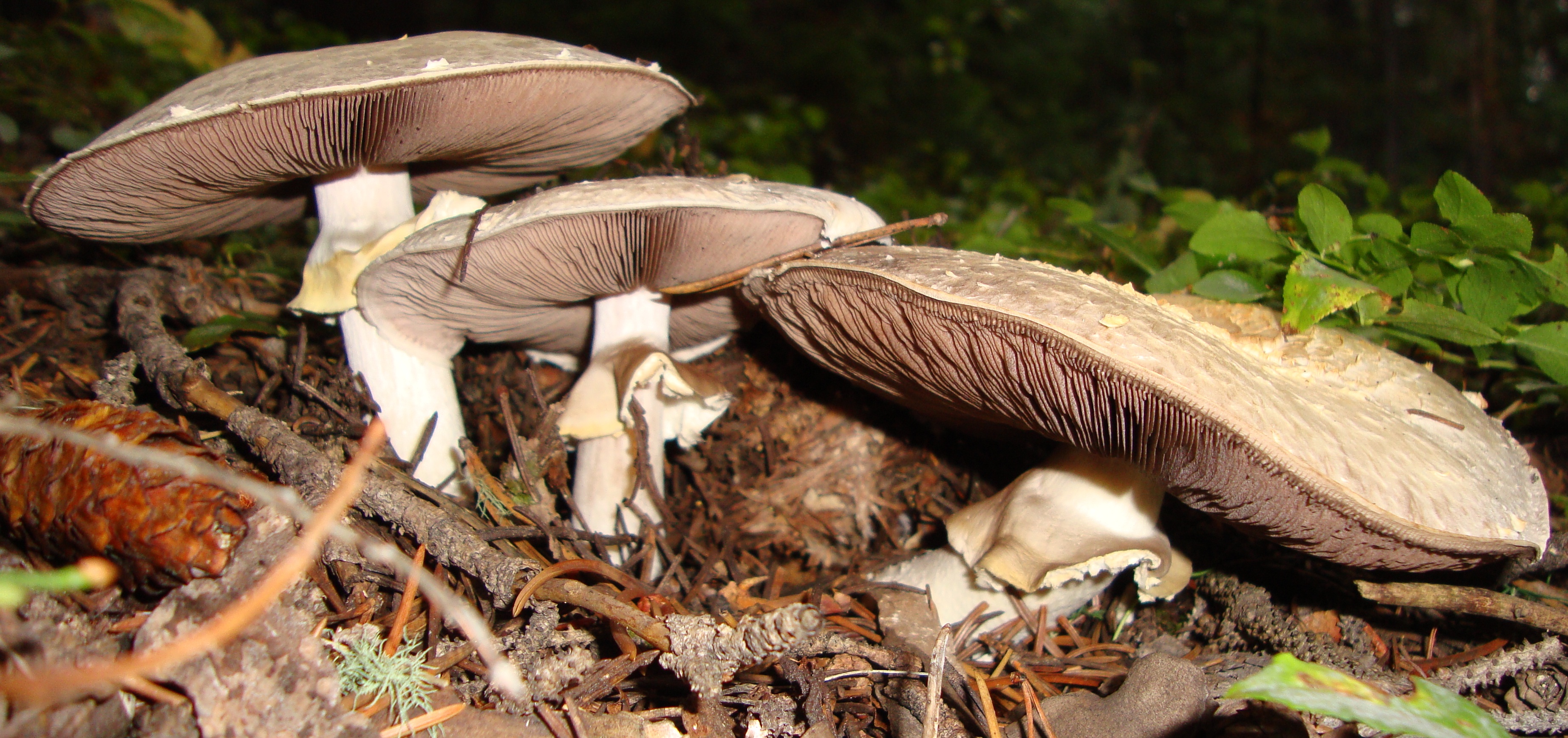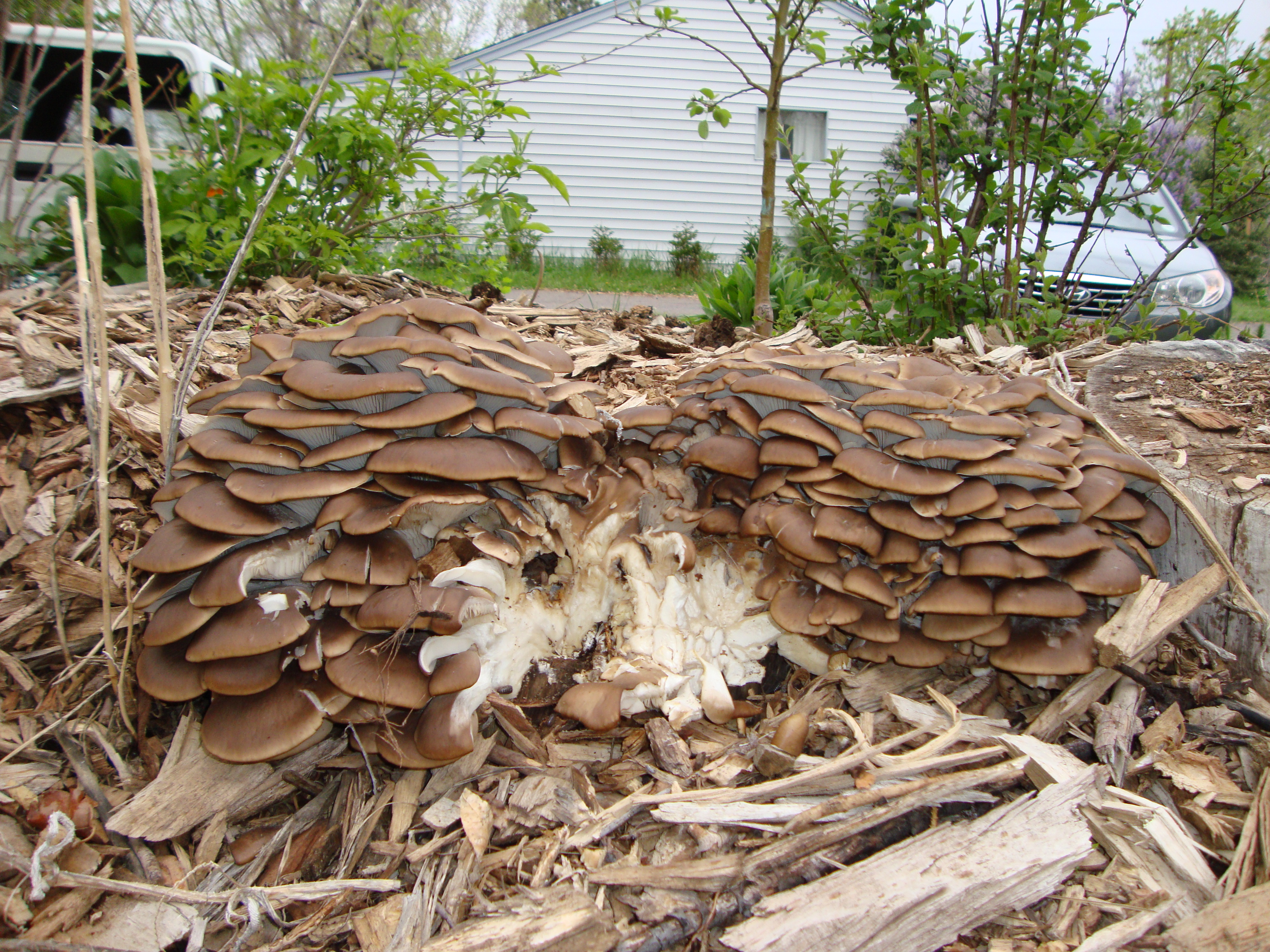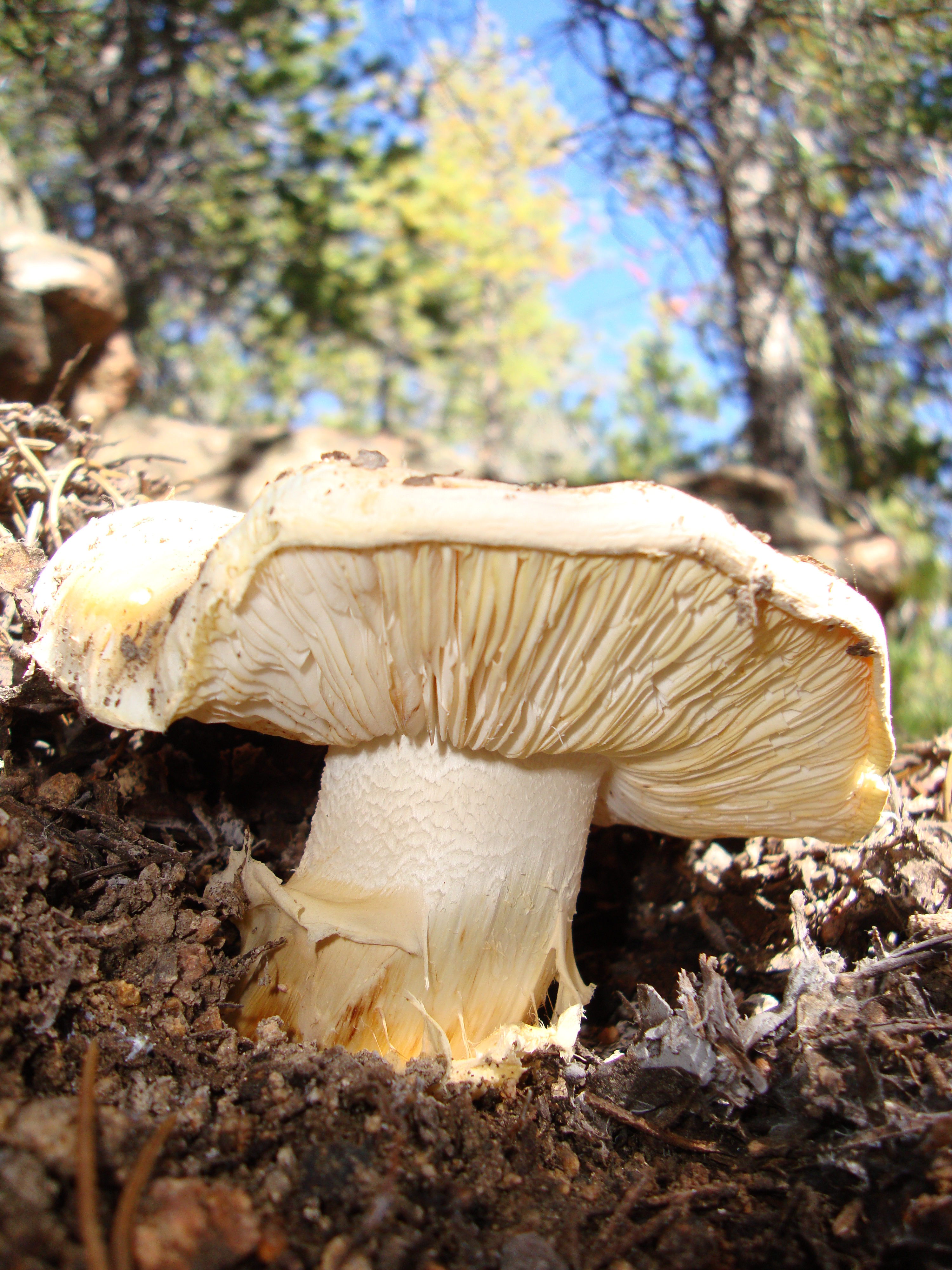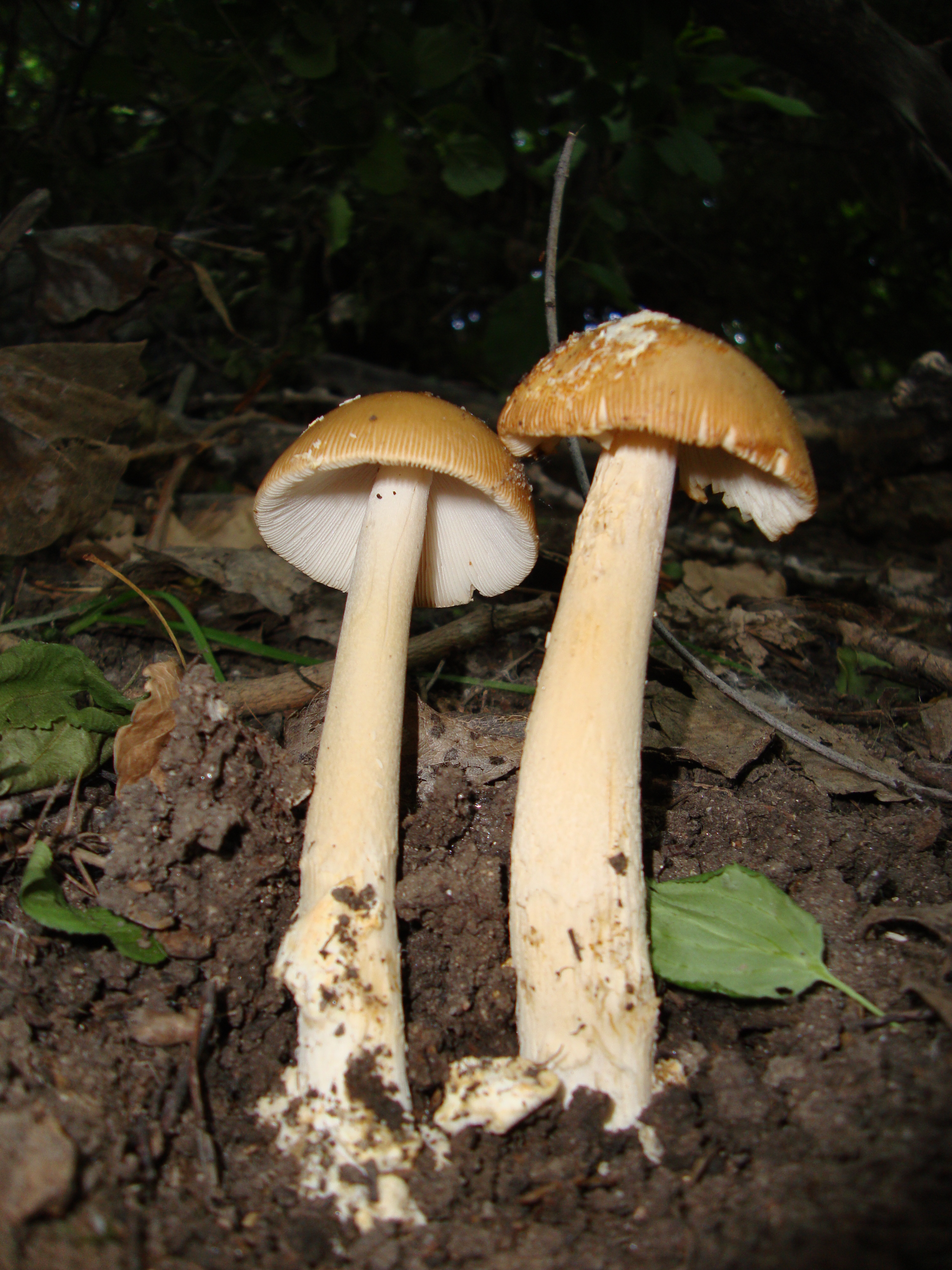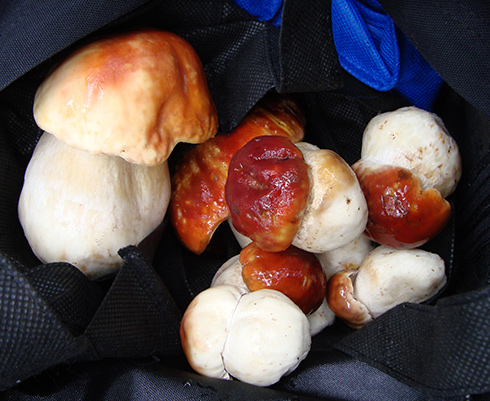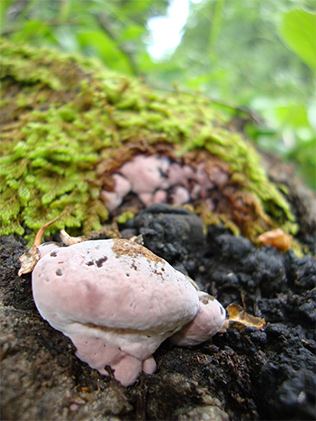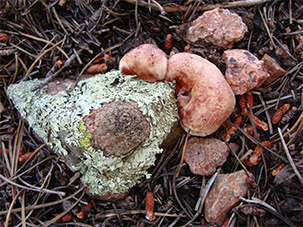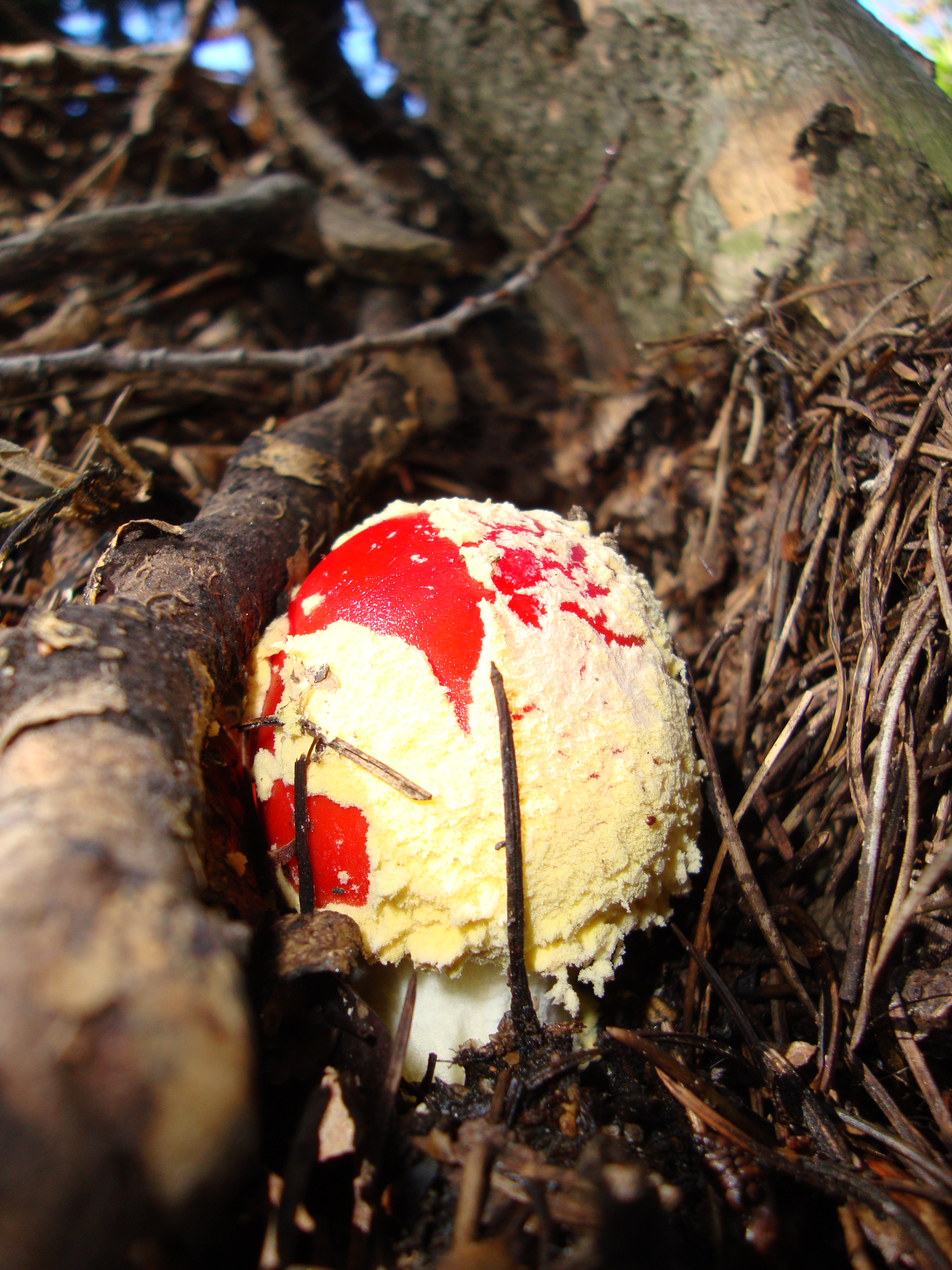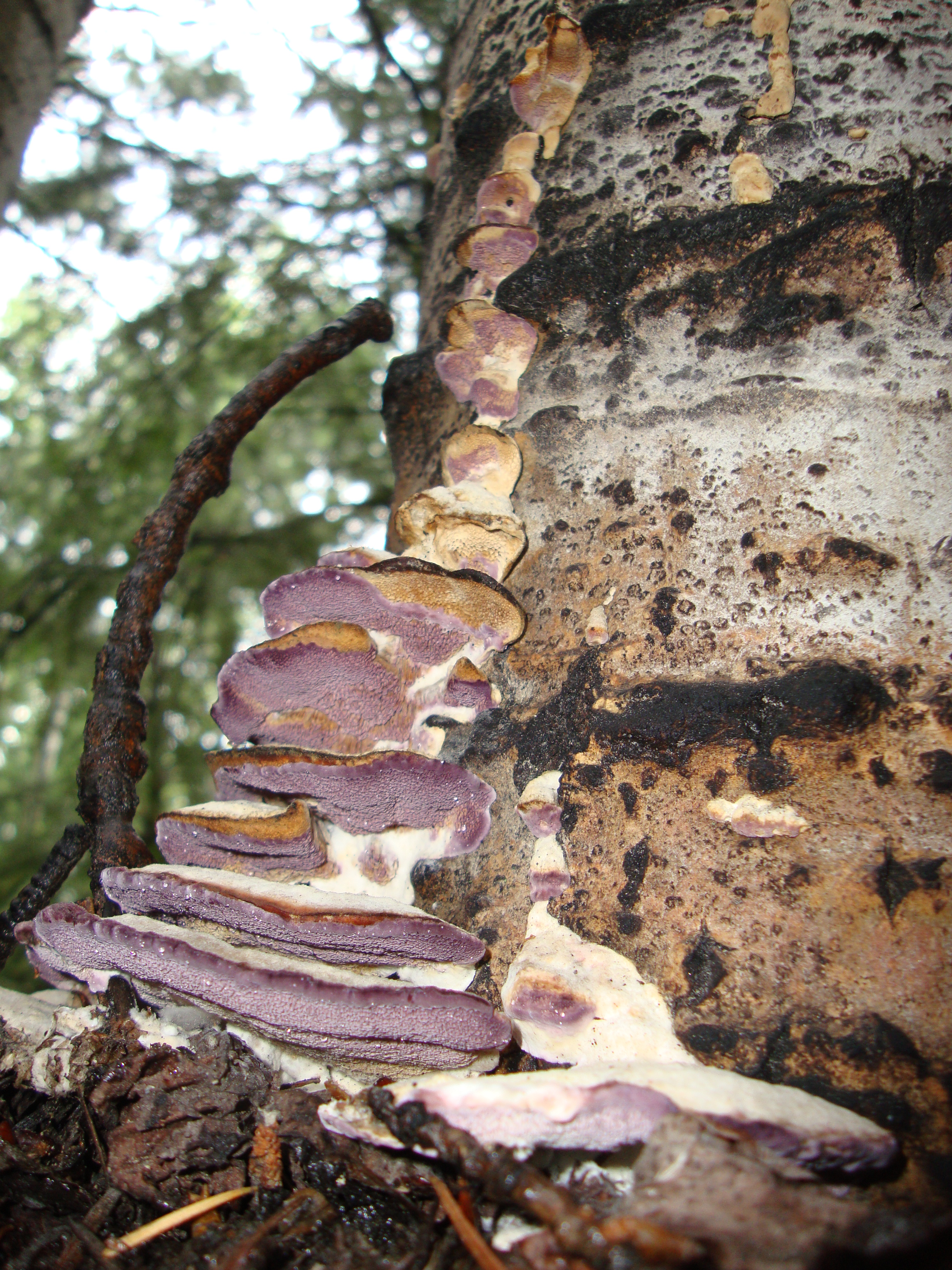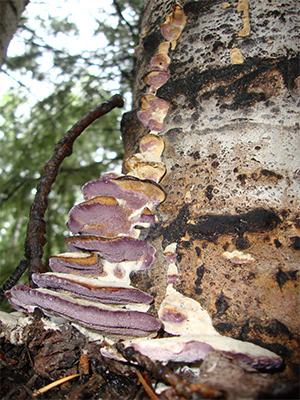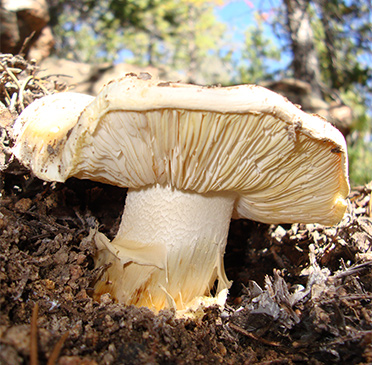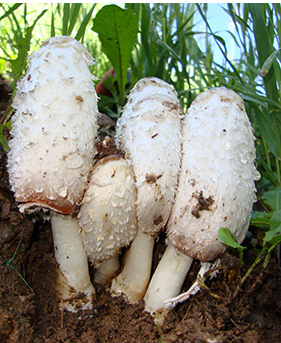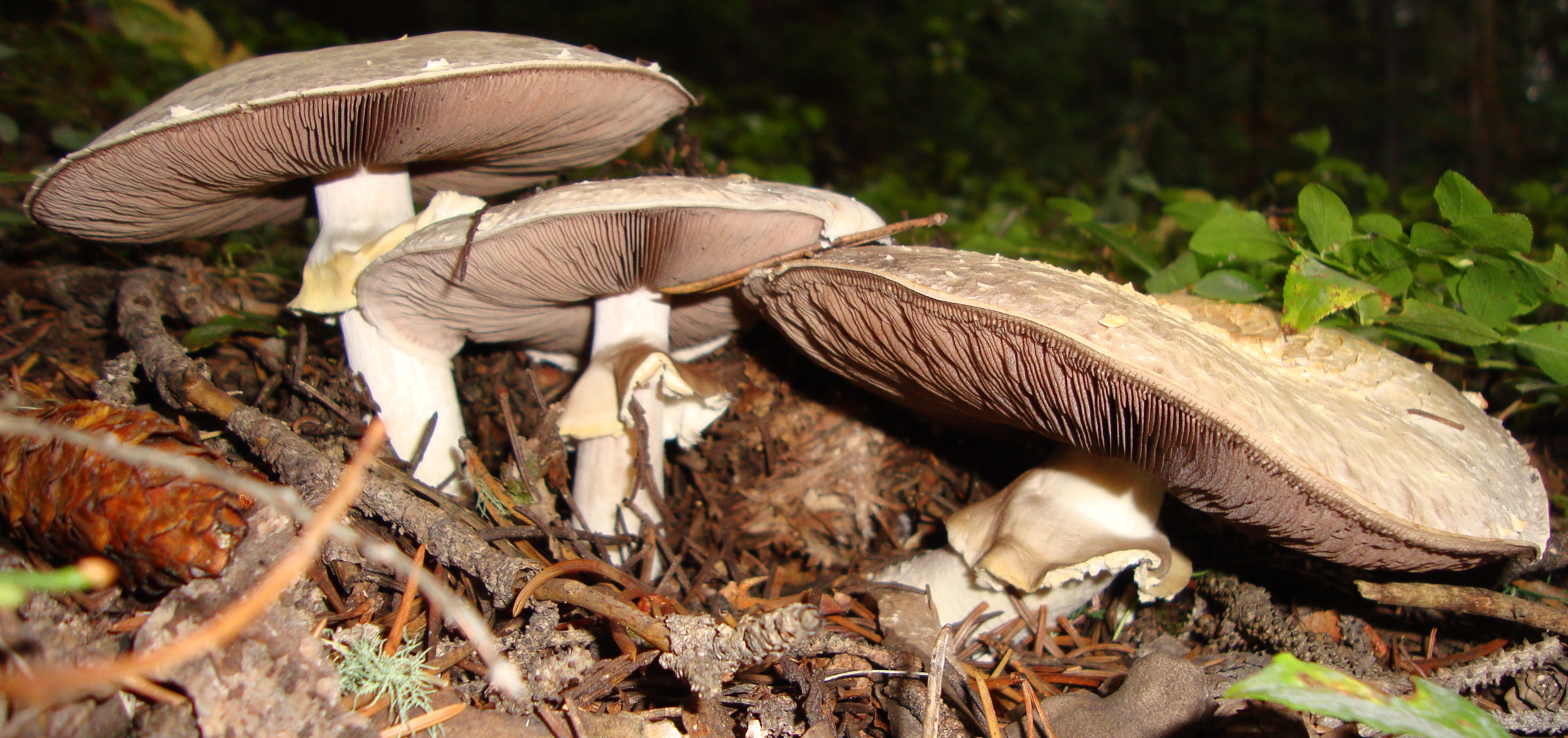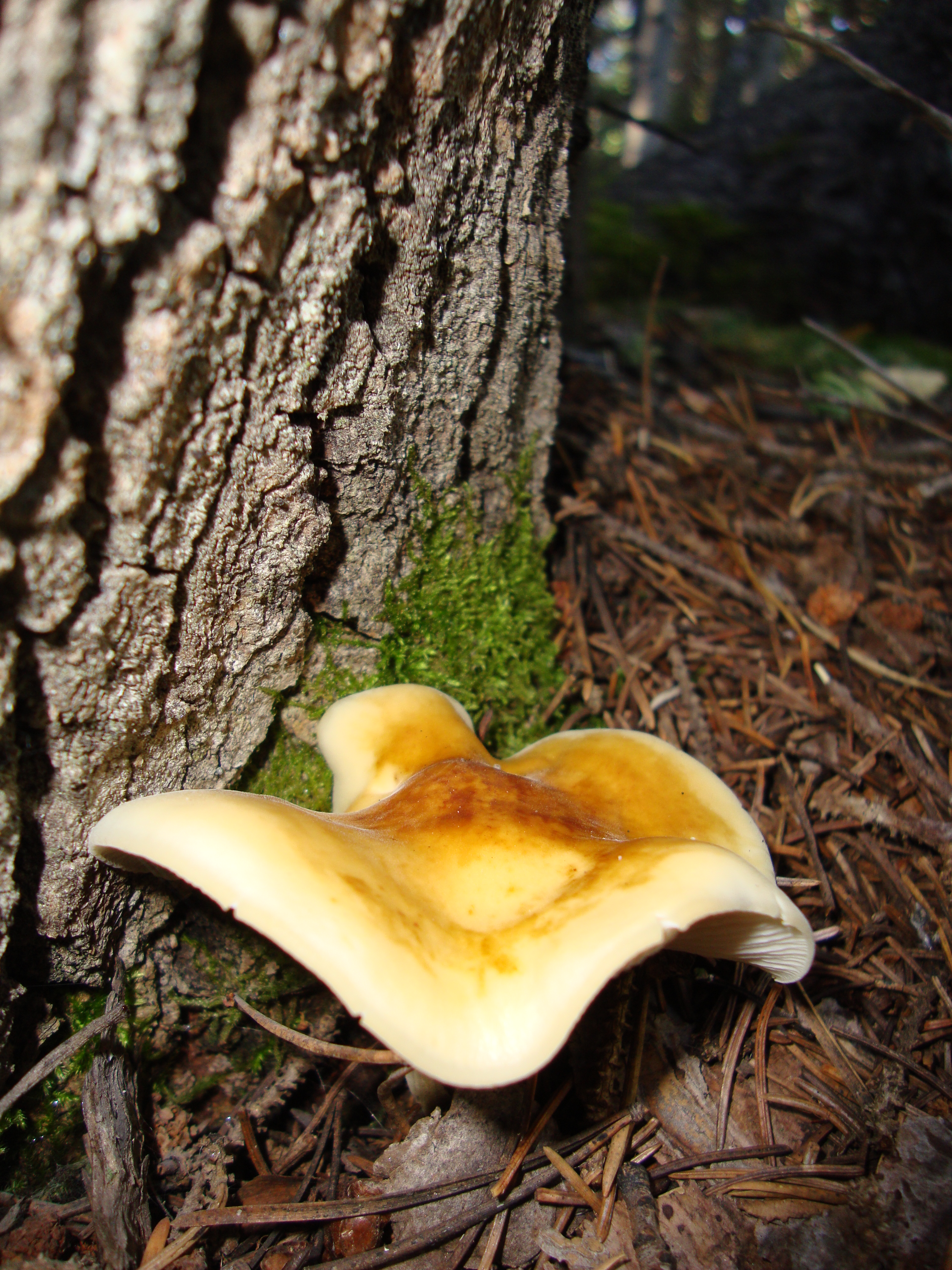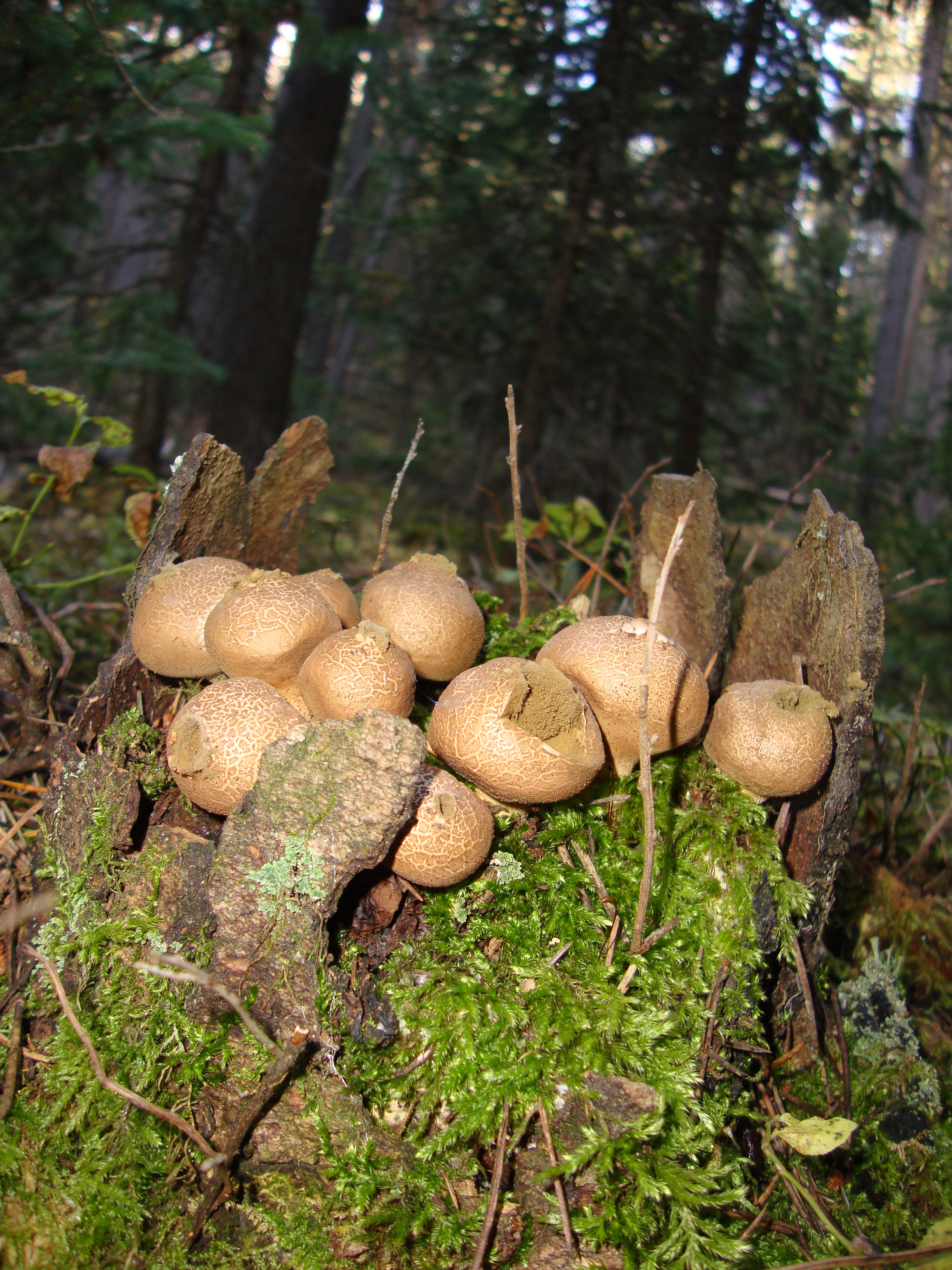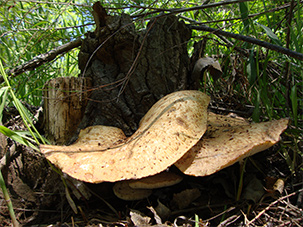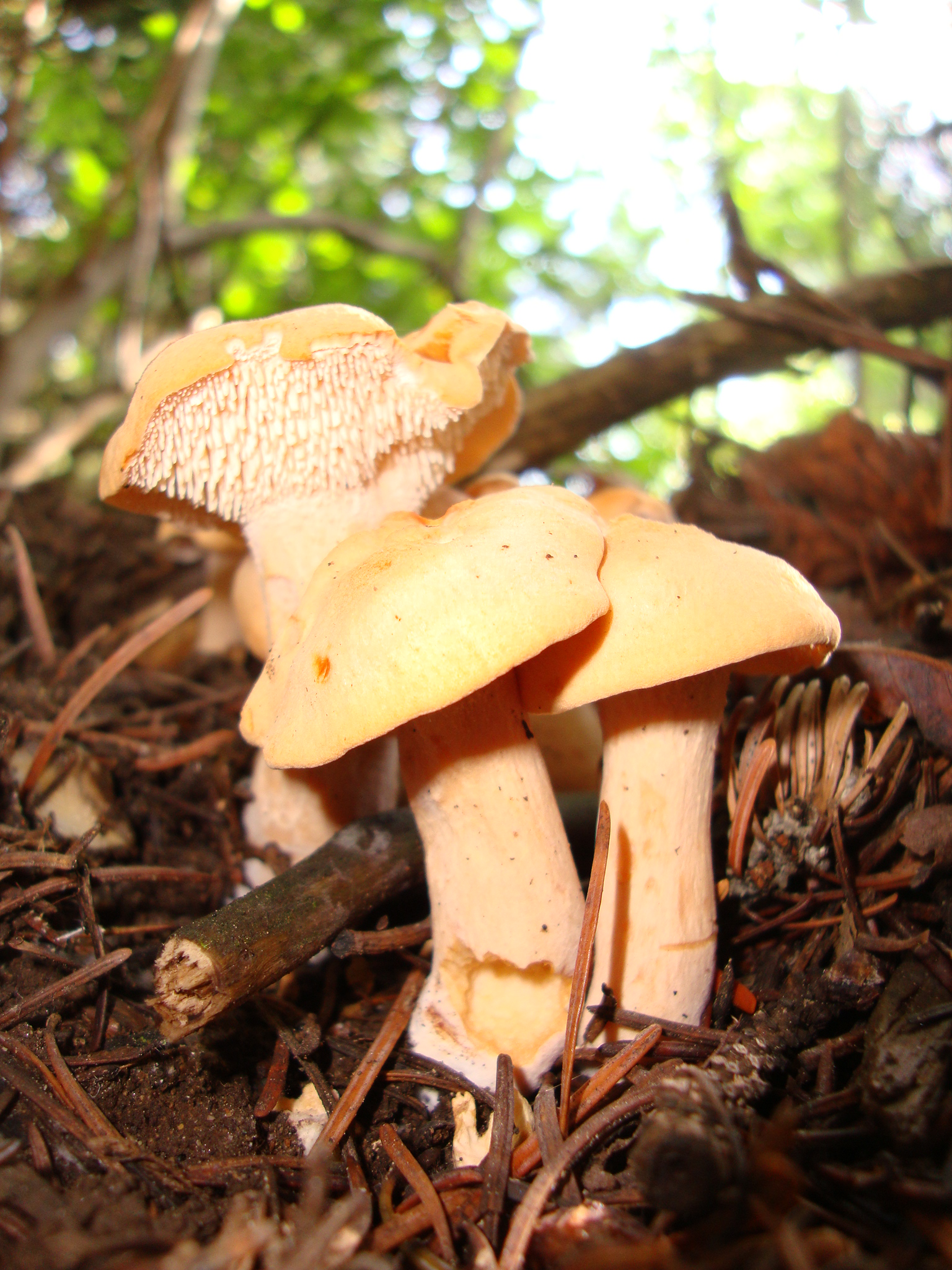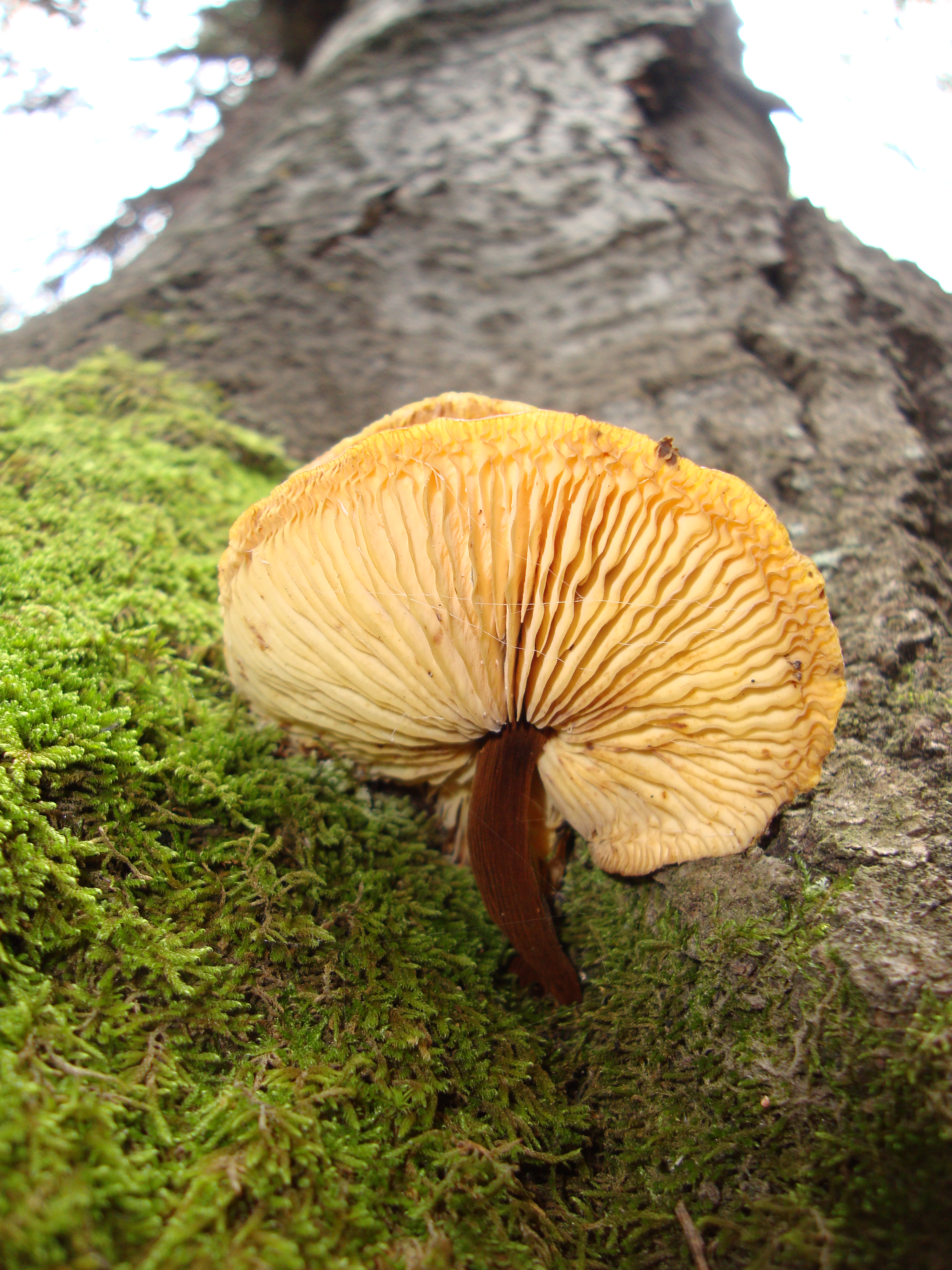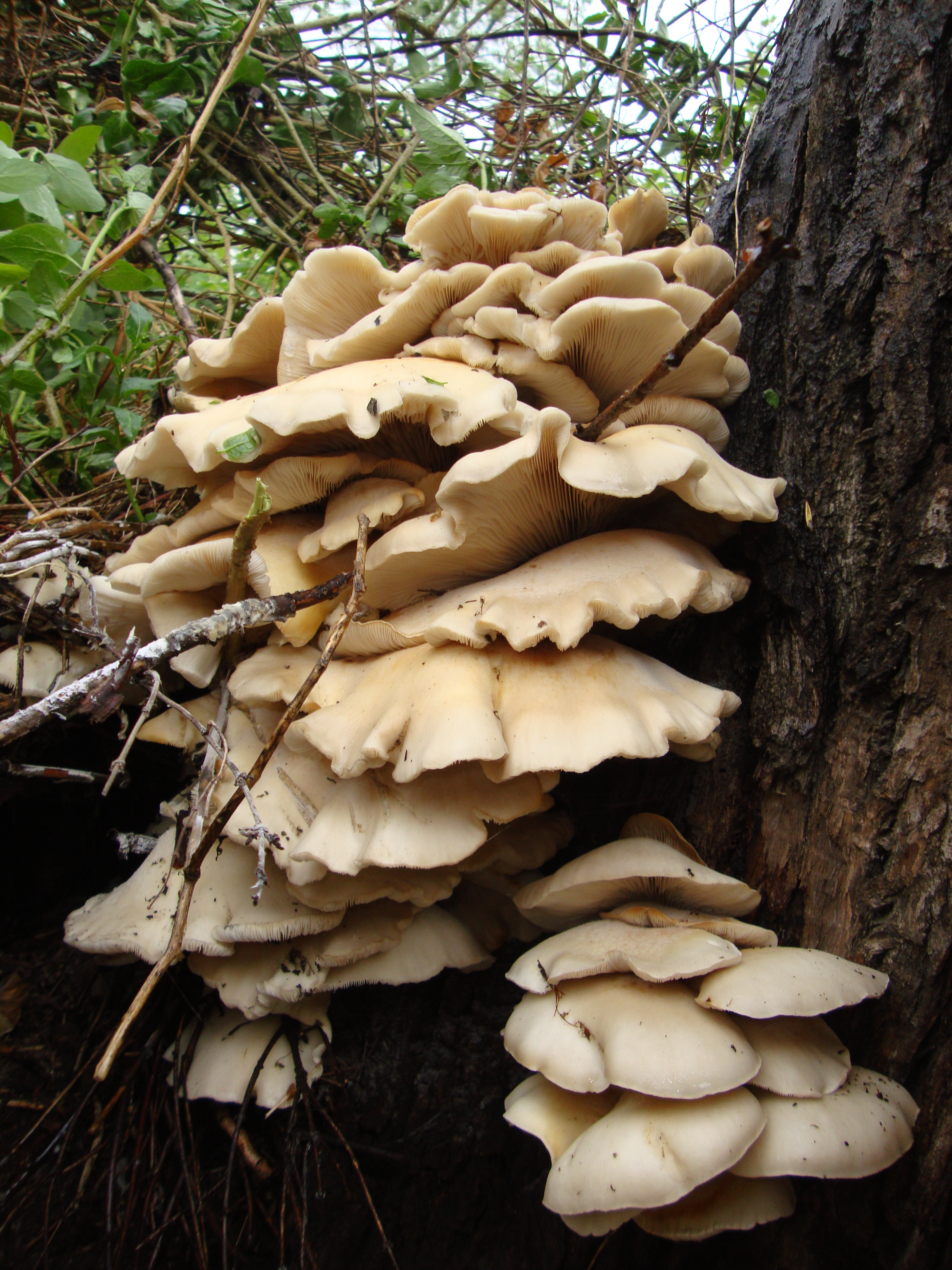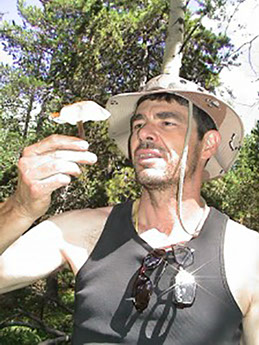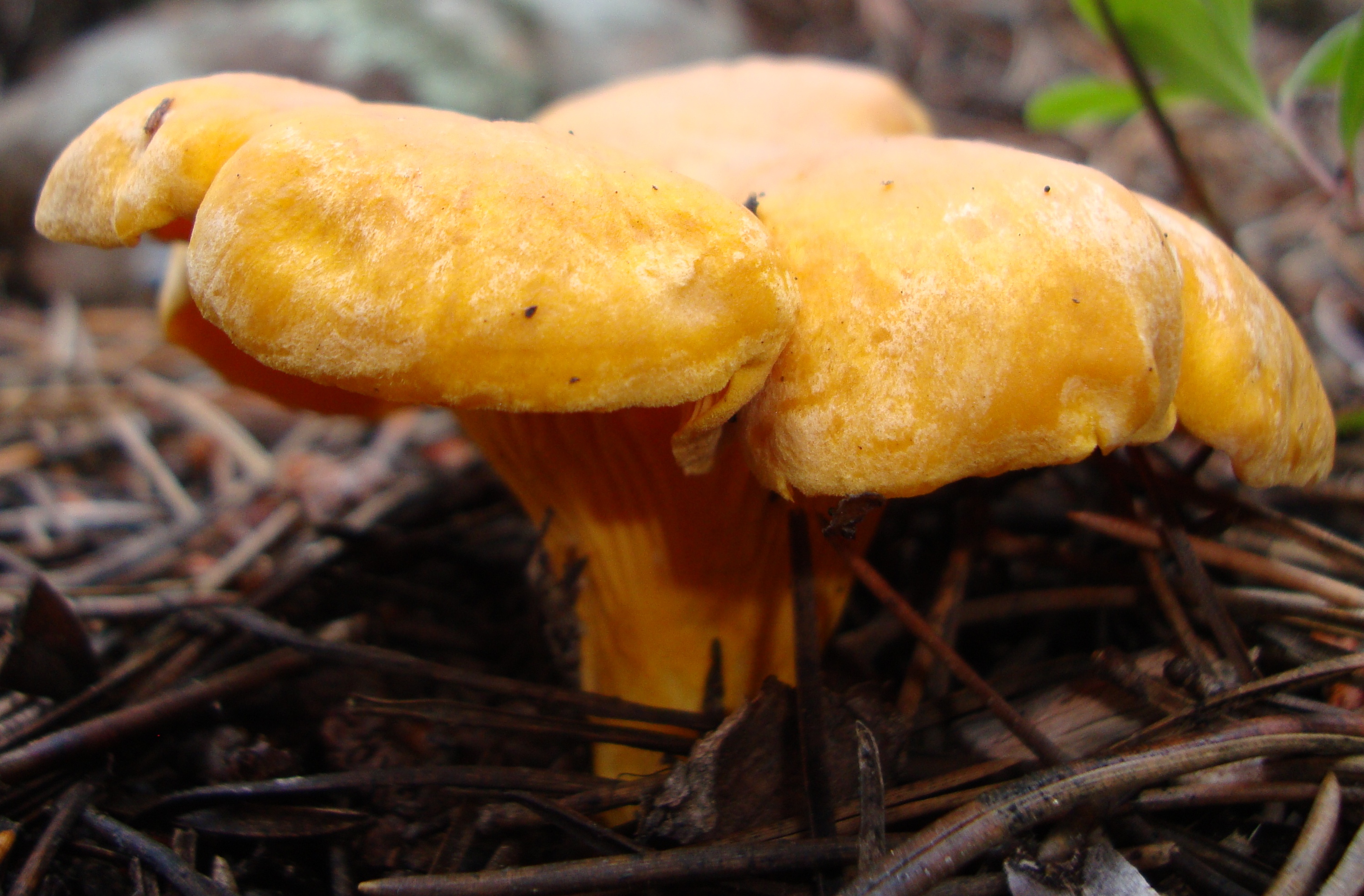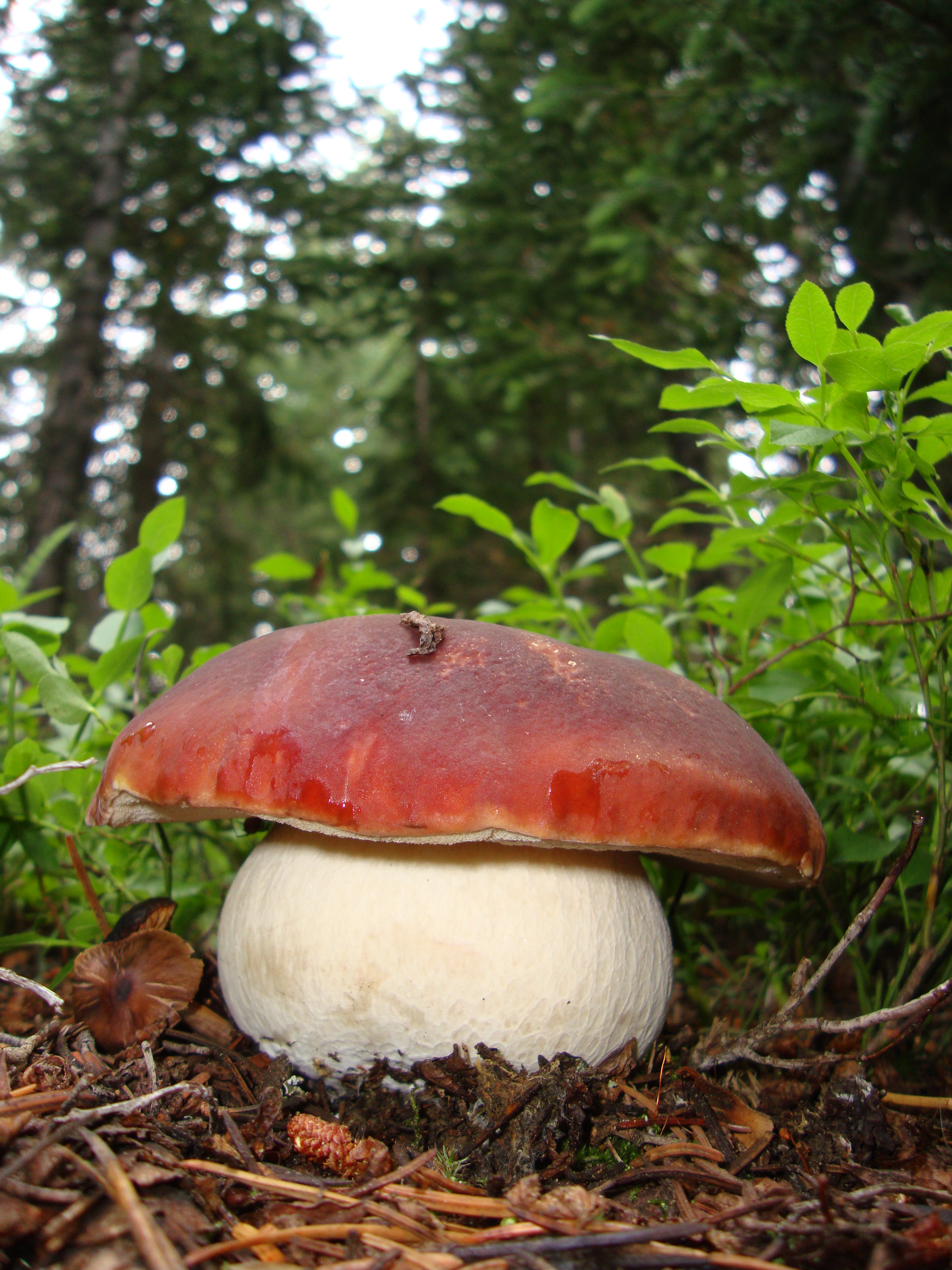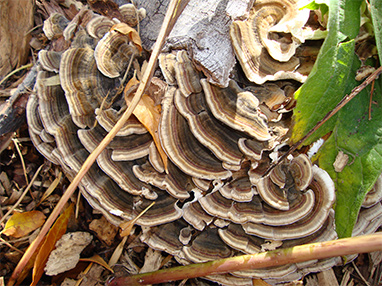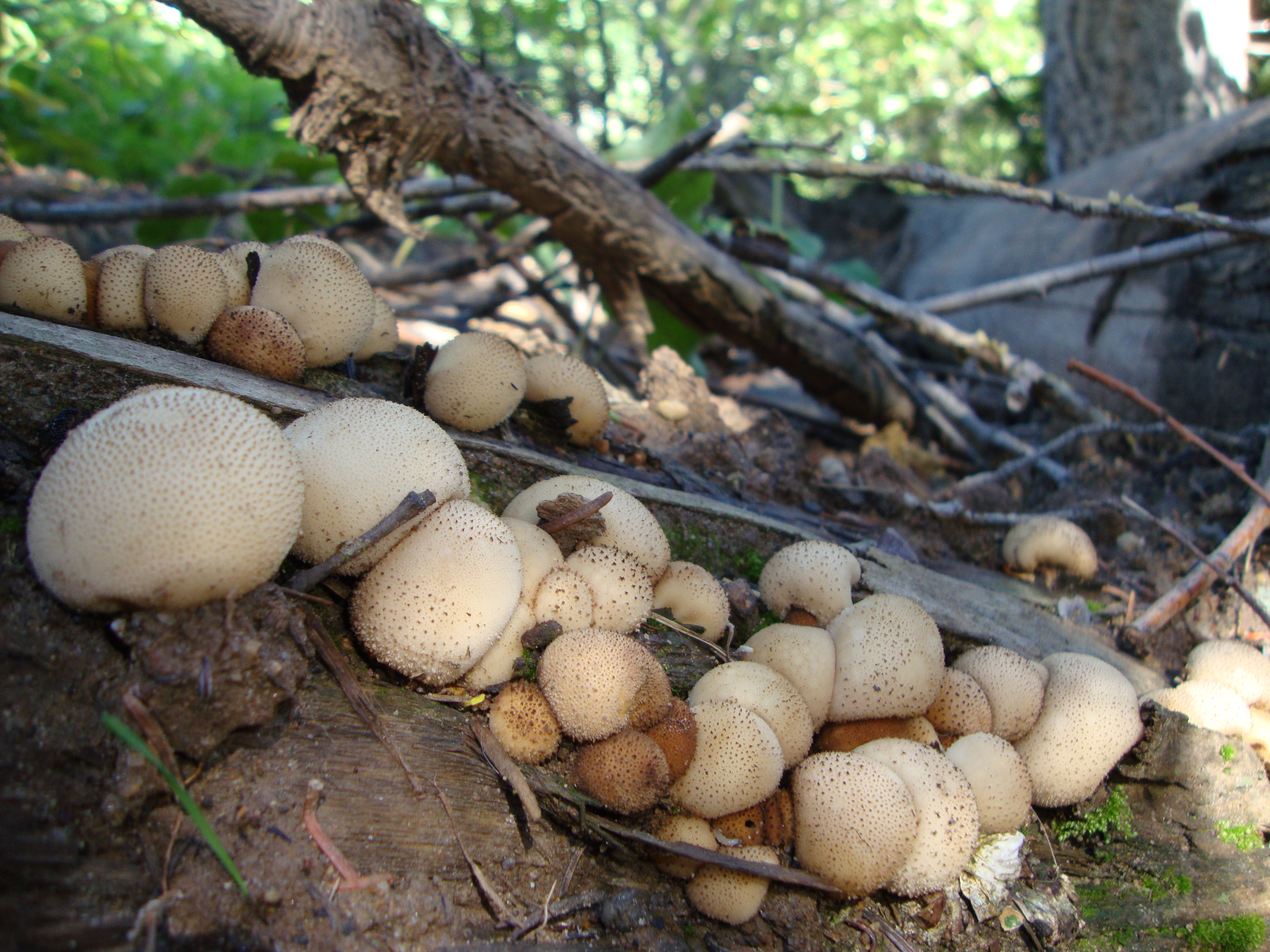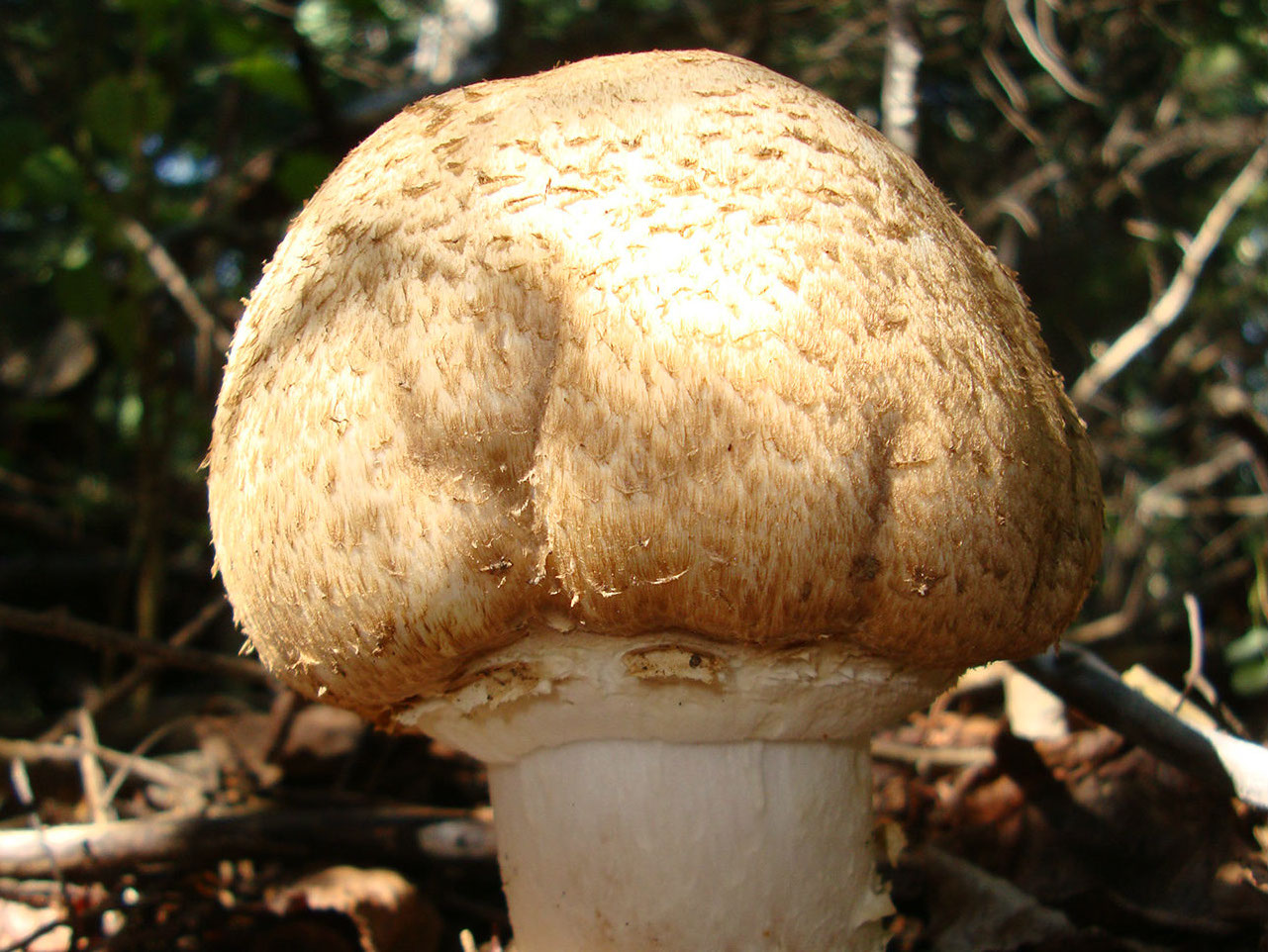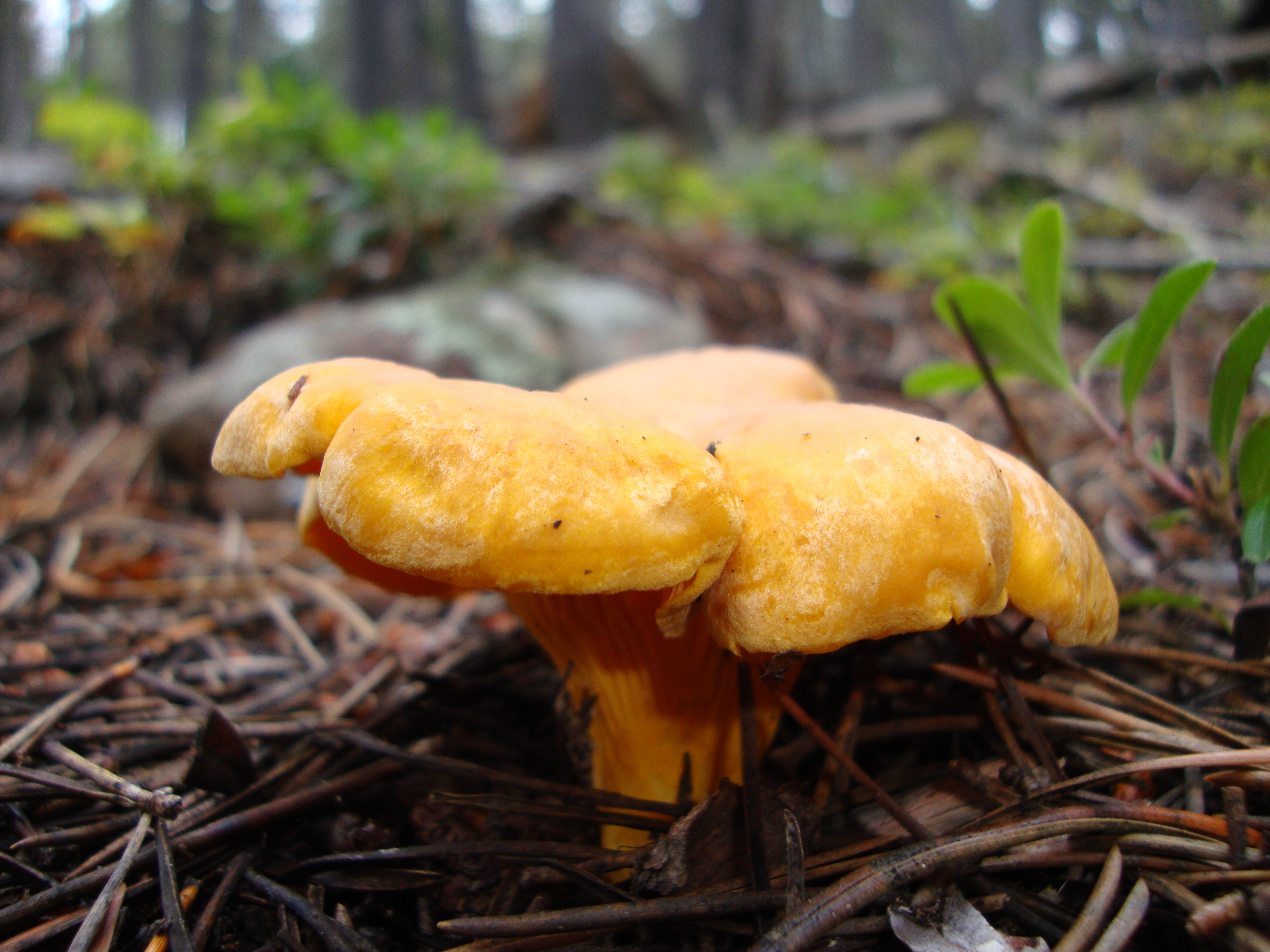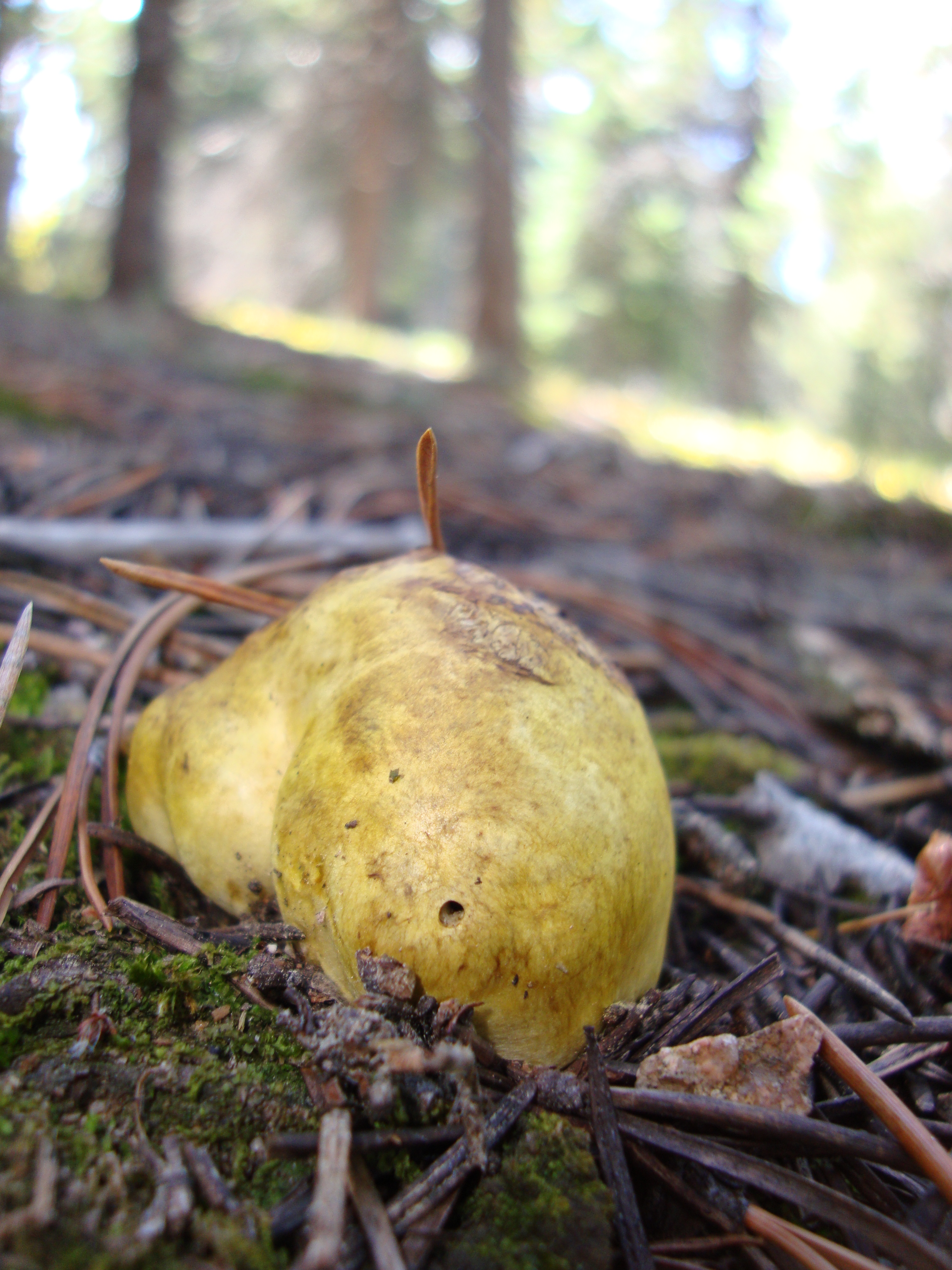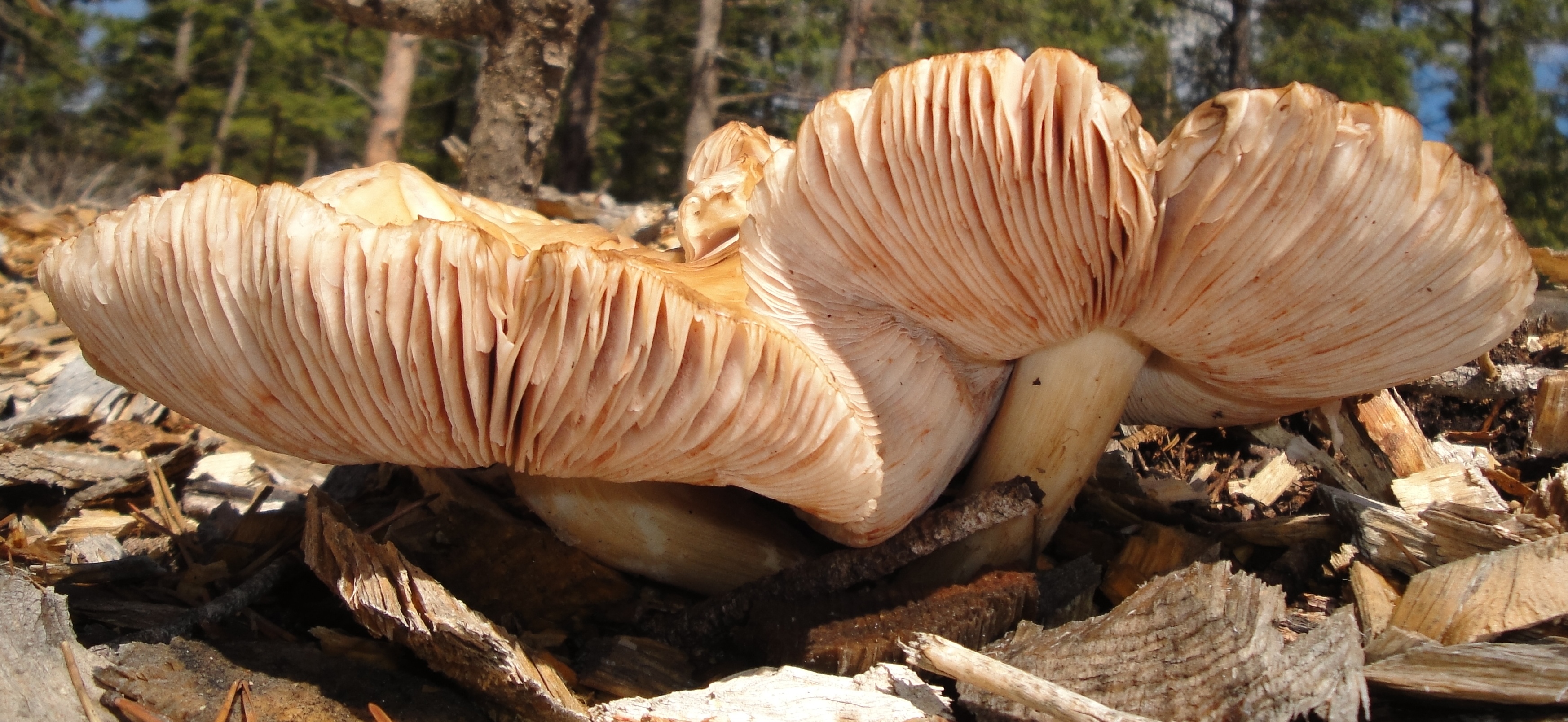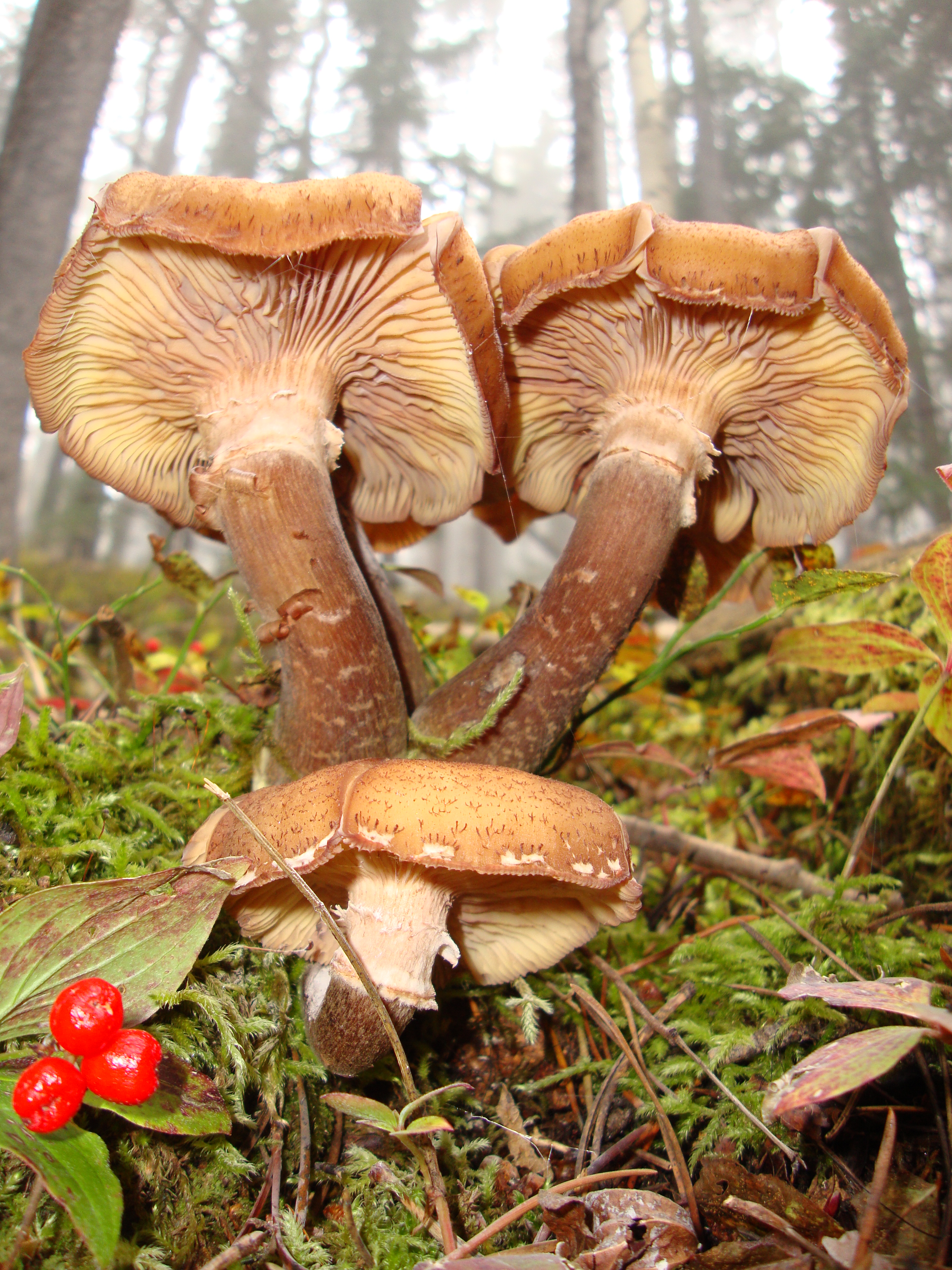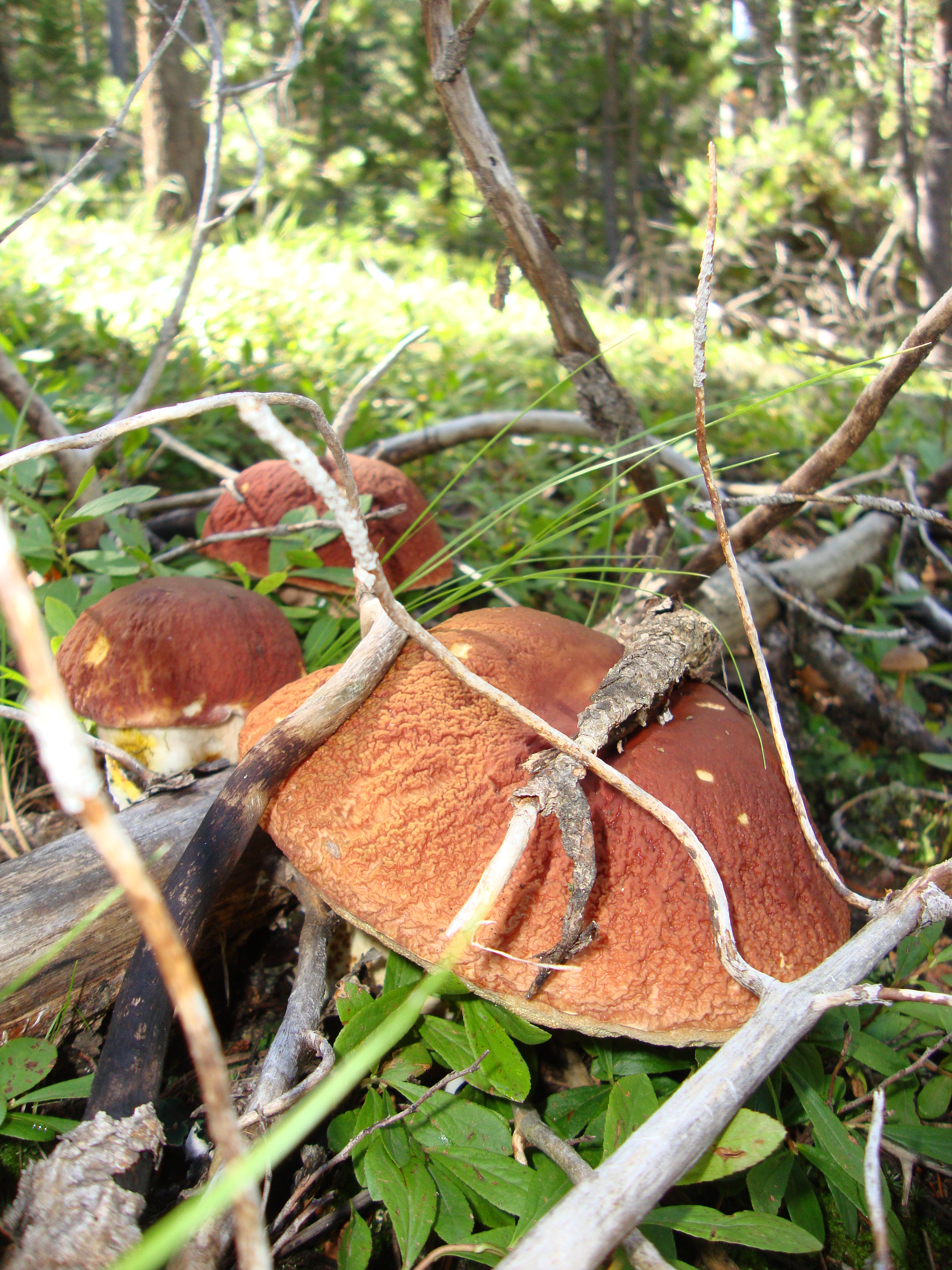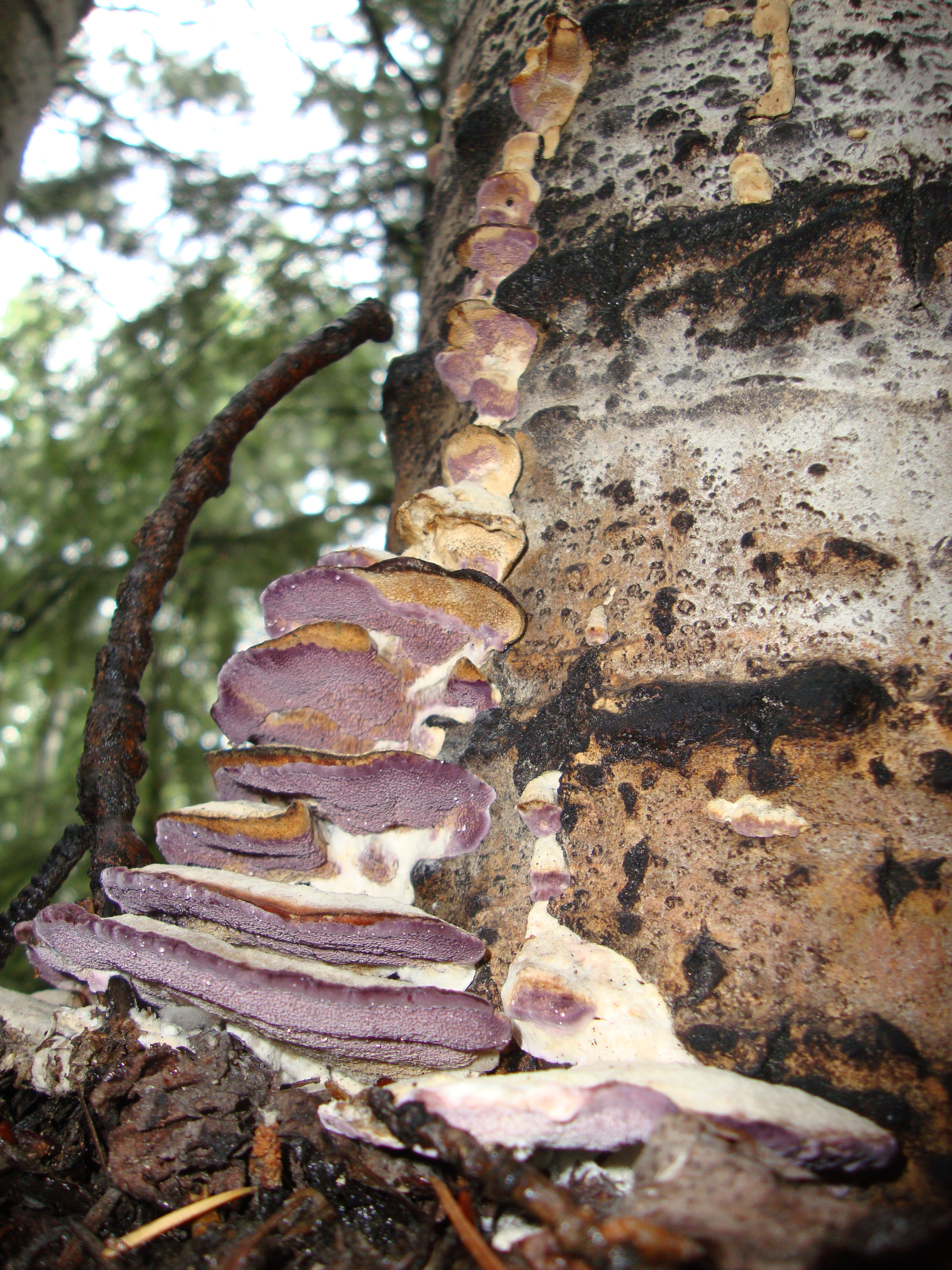Upon returning to Denver, I took the basic concepts of mycology that I had learned and mixed them in with my extensive knowledge of agriculture and started to see some incredible results. About this time I ran across the most important book I have ever had the pleasure to pick through. It’s a book/concept called Biomimicry by Jenine Benyus, http://biomimicry.org/ . If you have not read this book (don’t understand the concept of Biomimicry) you cannot compete in creating the future. I read the first 3-4 chapters and mycelium was never mentioned but the application of the concept was very clear. In a nut shell, it says that life has been on earth for 3.8 billion years and in that time it has come across and solved any problem you may encounter from engineering to agriculture to communication to sustainable and efficient materials manufacturing. Take away; the future is not learning about nature but learning from it. Once my eyes and ears were open and my mouth was shut (picked my jaw up off the table), I quickly expanded my knowledge and ability to apply mycotechnology to my agricultural projects beyond the books and into uncharted territory. The first thing I invented (observed) was the Forest Floor Cultivation Technique. How this works is based on how a forest naturally operates with no help (interference really) from man. In a temperate forest, once a year, the plants/trees drop their leafs/biomass onto the ground. Saprophytic mycelium (mushrooms that are saprobes are autonomous and survive by moving from place to place and decomposing dead or decaying organic material) start to break down the primary materials into bioavailable compounds. This allows microbes and the mycorrhizal fungi associated with plant roots to finish the job and turn the rest of the material into purposefully bioavailable compounds for the plants. The plants take up the bio-usable compounds through the summer and the process starts all over again each fall. Every year the nutrients/carbon accumulate, they are not depleted. There are 10 distinct benefits that you get by decomposing these materials, in their natural position under the plants where they fell vs composting with bacteria. I will fully elaborate on this technique at a later date. This also means applying a new perception of cultivation, benevolent neglect vs agricultural labor. What’s the difference?
This means you drop the raw materials you want your mushrooms to turn into plants for you on the top of the ground and you leave it alone. Preferably as close to where it grew as possible. What you do not to do/have; No tilling, no chemical fertilizer, little fungal, bacterial or viral problems (mycelium doesn’t generally put up with others messing with its food or home), a few easy to pull weeds, ½ your water use, add 10-20 degrees of heat to your winter greenhouse and vastly increase nutrient density of your food for starters. In the winter this doubles plant growth (they look like its summer year round) due to the fact that I capture almost 100% of the carbon contained in the plants vs composting. Carbon Negative Agriculture.
Composting is labor intensive and non-productive, you lose ½ of the composted material as CO2 = pollution. Plus, you can’t eat the bacteria you use to decompose the material and home grown mushrooms are gourmet food if the rest of the advantages were not enough to get your attention. I have several DOZEN species of gourmet mushrooms growing my food for me. If this were an equation it would = year round practically free nutrient dense food. Mushrooms are nature’s farmers, employ them! They will work for your trash and love you for it. Think like a tree/plant, biomimic them, they drop their “trash” on the ground once a year to make a living. The ultimate in benevolent neglect and bio mimicry.
I moved from the grow facility that I had been at into a small bachelor pad house in 2011. I put my portable laminar flow hood right in the middle of the living room and went to town on indoor lab work. I had purposely had no TV or other forms of entertainment other than my mushroom cultures for the next year. Every flat spot in the house has some kind of mycological experiment going on. I literally lived, breathed and ate mushrooms for a year strait. This turned out to be one of the most important things I have done in my life. After being immersed for so long, I started to get into the “mind” of the mushrooms. More like the mycelium invaded my brain and gave me Mushroom Goggles. For all I know, according to Jim, I maybe just the first ant at the right time and place on top of the plant!! ;>)
http://www.scientificamerican.com/article/fungus-makes-zombie-ants/
What happened is that I started to think like a mushroom, to “see and hear” the world through a mushrooms “eyes and ears”. Note; think is not in quotations. What I mean by thinking like a mushroom is why, when & what it does and most importantly how it does what it does it and with the same purposeful intelligence that it uses. So, basically, for the last 6 years I have been obsessed with mushrooms. The only things I do outside of mycology is to eat and sleep practically. In my intense, monogamous relationship with mycelium I have learned a number of things that I consider to be facts;
Mushrooms are nature’s expert farmers.
Mushrooms are nature’s expert chemists.
Mushrooms are nature’s expert pharmacists.
Mushrooms are nature’s expert 3D spatial engineers.
Mushrooms and more intelligent, proficient and way more sustainable than human beings at the 4 enterprises above. Their ROI puts us to shame. We have a lot to learn from mycelium. Our future literally depends on it. This will need to be explored/proofed in detail at a later date.
Mycelium is a programmable, intelligent and autonomous agent that can be taught to execute specific behaviors and then be released into an environment to accomplish the tasks it has been assigned to do. Mycelial training will be explored in the future.
Fast forward back to Biochar, labile carbon specifically. Based solely on biomimicry and my knowledge of mycelium (thinking like a mushroom), my initial hypothesis was that the mycelium would not waste a valuable resource like carbon and it would capture it somehow for use by the plants/microbiota. I called up Jim Bell, my research partner. He has been running Practical Mycology out of Flagstaff for the last 30 years. A 1990 student of Paul’s, he is practically a walking mycoencyclopedia. I told him about my hypothesis, he agreed with my conclusions based on his existing research. I asked him to pull any academic/scientific papers that supported the hypothesis. He sent me too many articles (there are literally 100’s) about carbon and fungal-plant interactions. The paired down version/most pertinent are sprinkled through the rest of this article to support the suppositions I am making. Jim will be chiming in next to present his subjective interpretation of the research below in the near future.

